In those days, Ravenna was on a lagoon in the Po River delta, separated from terra firma by miles of undrained swampland and small malarial islets. It was a port city with an important harbor. To this natural refuge, Honorius added a massive encircling brick wall, a state-of-the-art city fortification. Inside this fortification, Honorius raised chickens as a hobby and “ruled” helplessly as Alaric’s army sacked Rome, and then civil war broke out within the Roman mercenary military establishment.
In most of the cities and towns we saw in Italy, the churches and monuments are from what we could call the Catholic Era, which is still ongoing. Ravenna is different; its classical-era core is dominated by the churches and monuments of the Arian period and the kingdom of the Ostrogoths.
While the great churches of Ravenna have been Catholicized, the chief glory of these churches has always been their Arian/Byzantine architecture, and above all their glass mosaics. These structures survived intact, as a cluster of some of the oldest Christian churches anywhere, because Ravenna became unimportant, lost its wealth, and became harder than ever to get to through the swamps after the Roman drainage systems broke down and the Roman roads were swallowed in the mire. Malaria took hold. All this was certainly very fortunate. For these structures, at least, if not necessarily for the inhabitants.
The Gothic Kingdom in Italy was not particularly barbarous. San Vitale is in many ways a monument to the relative peace and prosperity of Theodoric's reign as King of the Ostrogoths. Construction of San Vitale began in 526, the year of Theodoric's death and six years before the beginning of construction of Hagia Sophia in Constantiople. San Vitale was completed in 547 C.E., as the principal religious monument of the Ostrogothic Kingdom. Its Byzantine glass mosaics are the largest and finest outside Constantinople, or possibly anywhere. The church was the work of Julius Argentarius, a Roman banker and architect who donated 26,000 gold solidi for its construction.
Theodoric achieved a certain fusion of western Roman and eastern Byzantine culture, within the context of the Arian religious tradition of the militaristic and proto-feudal Gothic culture of Central Europe--including protection for Ravenna's Jews. In Theodoric's kingdom, religious harmony prevailed--arguably for the first time in the Christian west and certainly for the last time over the next dozen centuries of on-and-off religious strife.
Very little monumental architecture survives from this period, which alone would make San Vitale a building of immense interest. Argentarius may have based the design on the audience chamber of the Imperial Palace in Constantinople, which no longer exists.
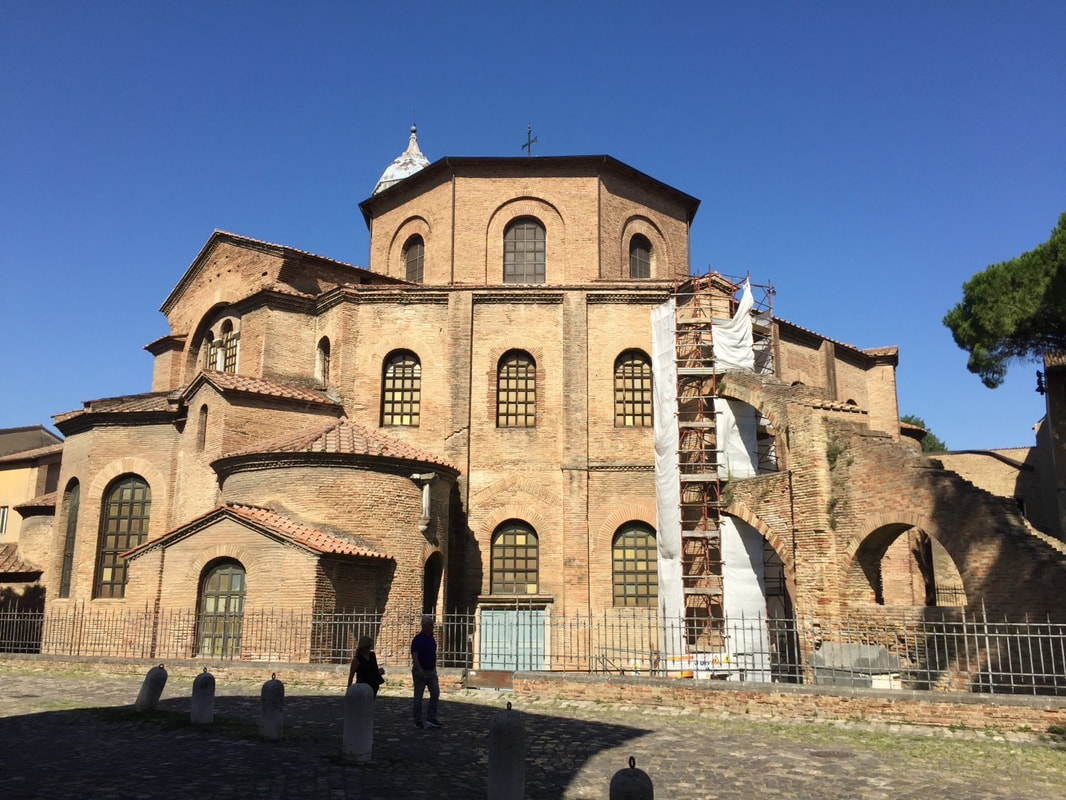
The Mausoleum of Galla Placidia, across the courtyard from San Vitale, is an older Roman structure. It is a somewhat mysterious building, originally attached to the Church of Santa Croce built in 417 CE as part of the Imperial Palace complex. Santa Croce and the last Roman imperial palace fell to ruins except for this structure, which may have originally been the oratorio of the church before being adapted as Galla Placidia's family mausoleum. Without going into the extreme complexities of the last western emperors and their Visigothic family connections, it is clear enough that the mausoleum contains three sarcophagi. These are traditionally believed to be those of Emperor Constantius III, Galla Placidia's husband; Empress Galla Placidia herself; Emperor Valentinius III, Galla Placidia's son; and her brother, the Emperor Honorius. That is one more emperor than there are sarcophagi and both Galla Placidia and Honorius are also said to have had mausolea in Rome under the current site of St. Peter's. On the other hand, tradition holds that Placidia, or more accurately her embalmed body, was wrapped in her imperial regalia and seated on a throne above the central sarcophagus for more than a millennium. That would account for why four emperors had three sarcophagi. It is safe to say no one is entirely sure.
526 C.E. was a fateful year in Ravenna architecture, when one considers the monumental Roman/Gothic mausoleum of King Theodoric. Outwardly it is not so different in form from a traditional Roman mausoleum but its single-stone domed roof, the somewhat brutalist buttresses around the dome, and the interlocking of the stones of the arches are all unique as far as I know. Theodoric's mausoleum was outside the walls, next to the harbor, and may have been a lighthouse as well as a mausoleum. Considering the achievements of Theodoric's kingdom and the rather darker age that followed it, this could almost be called the mausoleum of what might have been, if Arian Christianity had survived as a third path between Greek and Roman Christianity.
Of frail mortality, thenceforth to live
Immortally above, he hath not seen
The sweet refreshing, of that heav’nly shower.”
Dante Alighieri, Il Paradiso. (Photo by Alex Mawyer.)
As we left Ravenna--something no reasonable person would want to do--we stopped at the Basilica of Sant' Apollinaris in Classe, consecrated in 549 CE and illuminated with yet more of the astonishing Byzantine glass mosaics. Classe was a strategically important part of the Roman port of Ravenna and is now a silted up archeological site.
Sant'Apollinaris in Classe was yet another architectural donation of the Roman banker and architect mentioned above, Julius Argentarius. It is a true early Romanesque basilica in form, with side arcades and the classic timbered roof. Unlike San Vitale, which is rather dark, Sant'Apollinaris in Classe is brilliantly lit by the sun.
St. Apollinaris was legendarily made the first bishop of Ravenna by St. Peter himself, and performed many miracles prior to his seemingly unnecessary martyrdom. His relics are no longer in his home church. In 856 C.E. the relics were removed from this undefended church to the former Church of Christ Redeemer Inside the Walls, a smaller church dating to 504 C.E. which had been the Arian palace chapel of Theodoric. The former palace basilica still stands and is known today as the Basilica of Sant' Apollinare Nuovo.
Somewhere on that route, the fate of the Ostrogothic Kingdom was finally settled by the death of Totila, mortally wounded in the Battle of Tagenae as a Byzantine army led by Narses temporarily reconquered northern Italy for the Byzantine Emperor Justinian. The exact location of the battle and the burial place of Totila are both unknown.
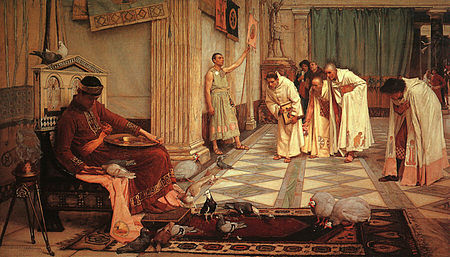
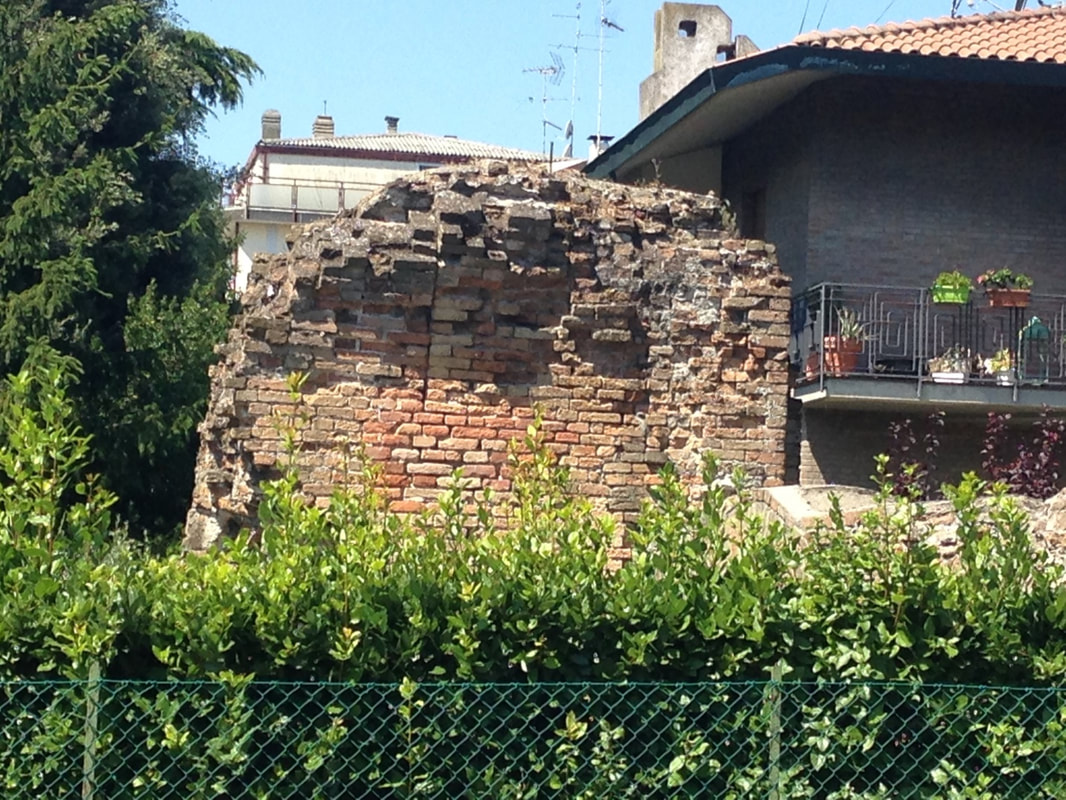
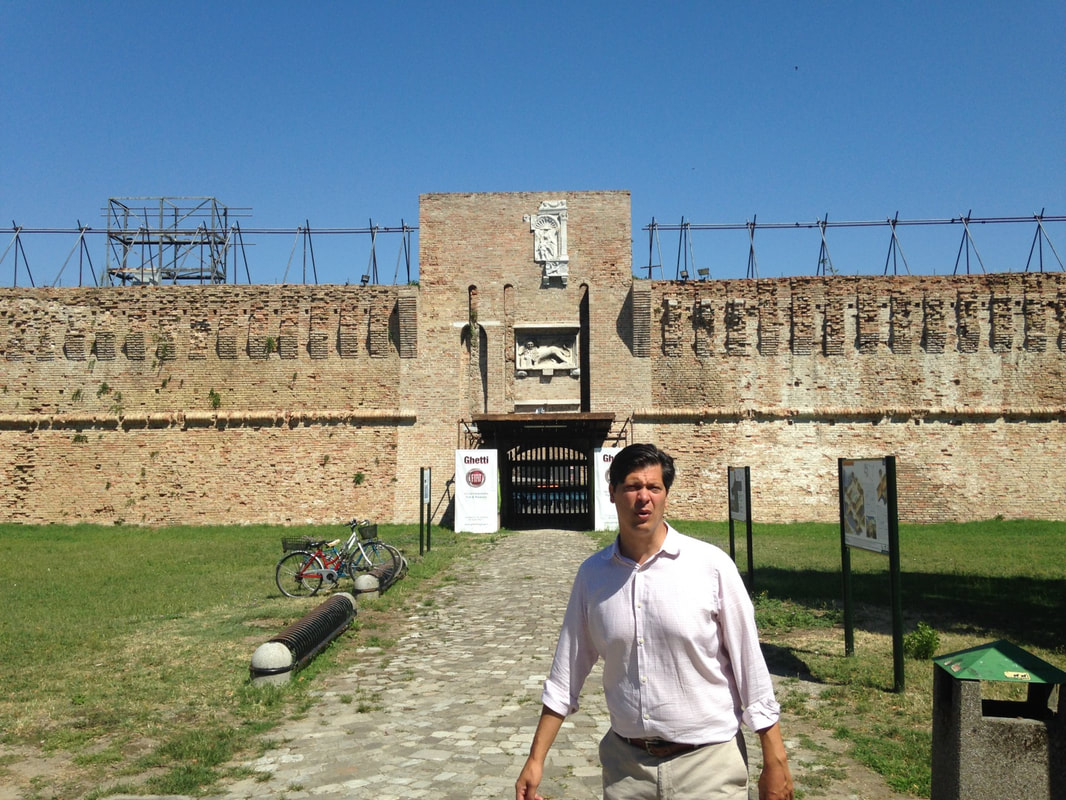
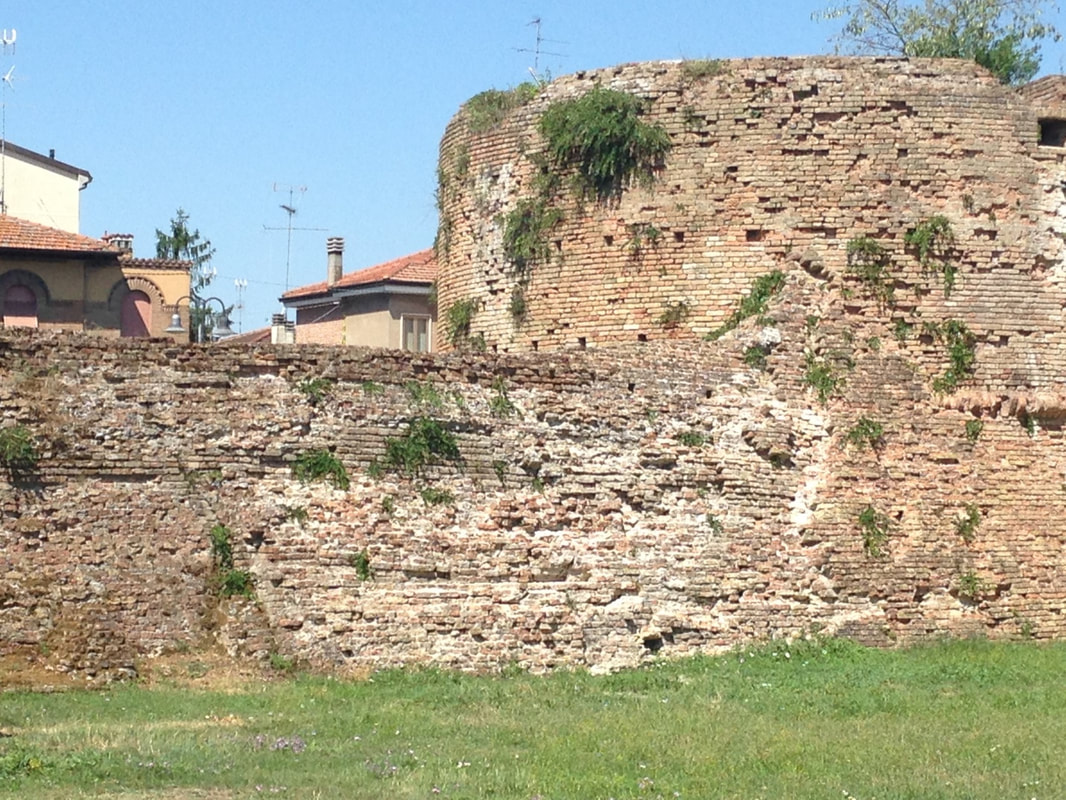
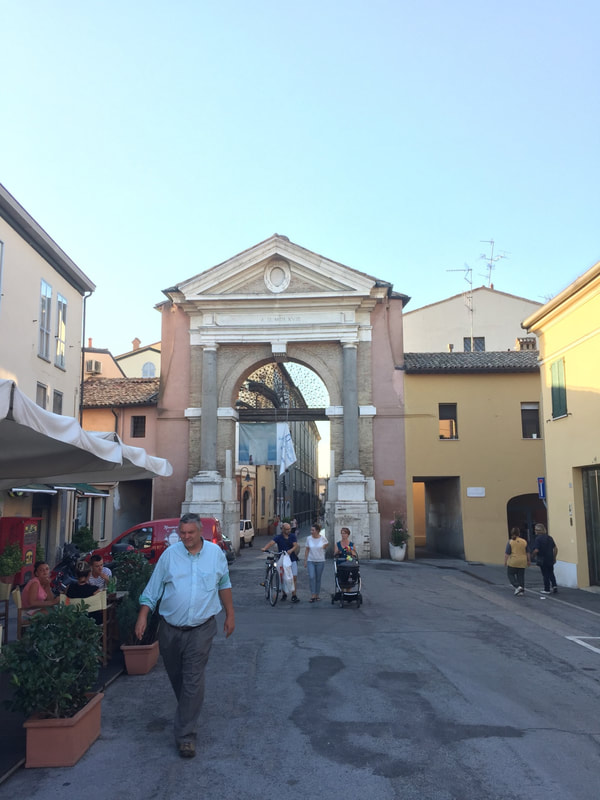
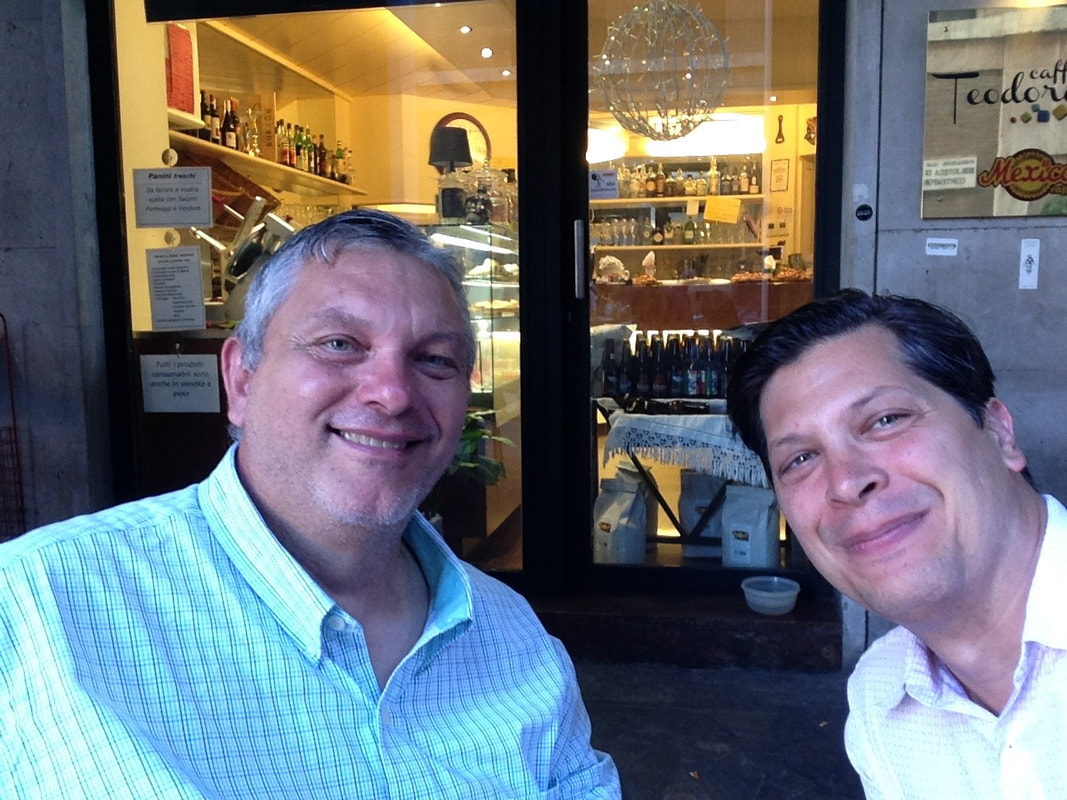
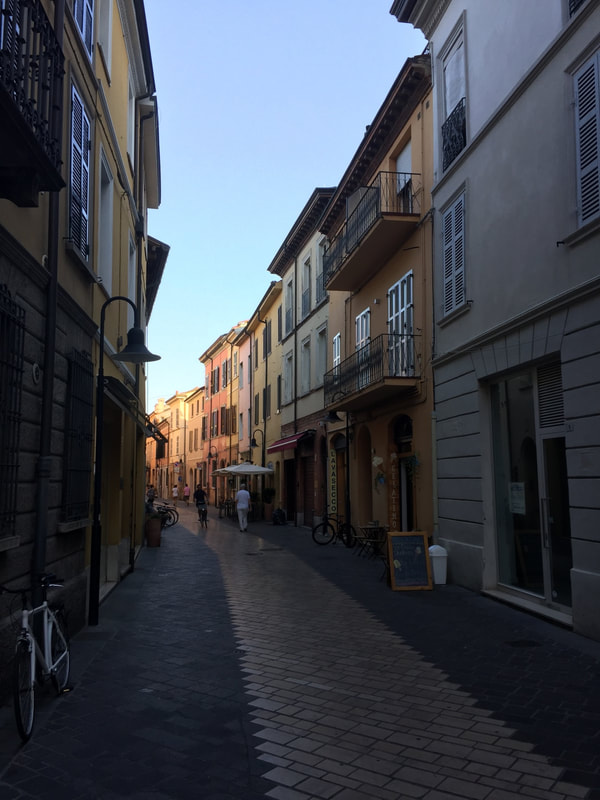
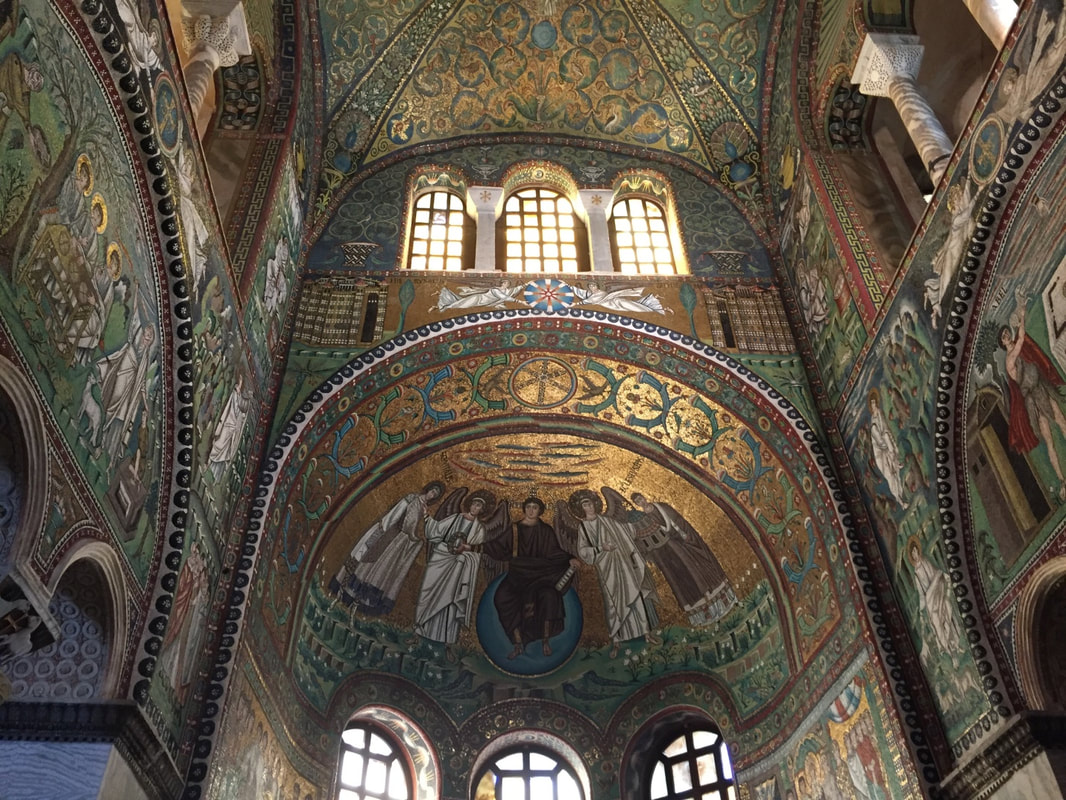

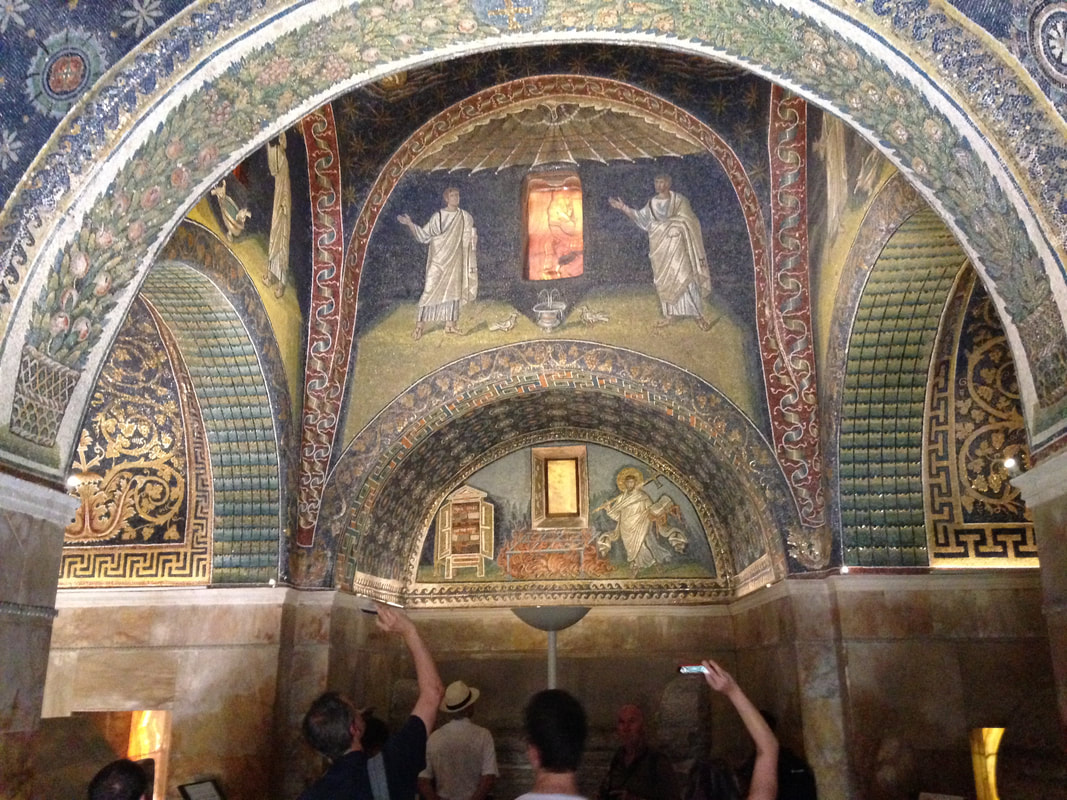
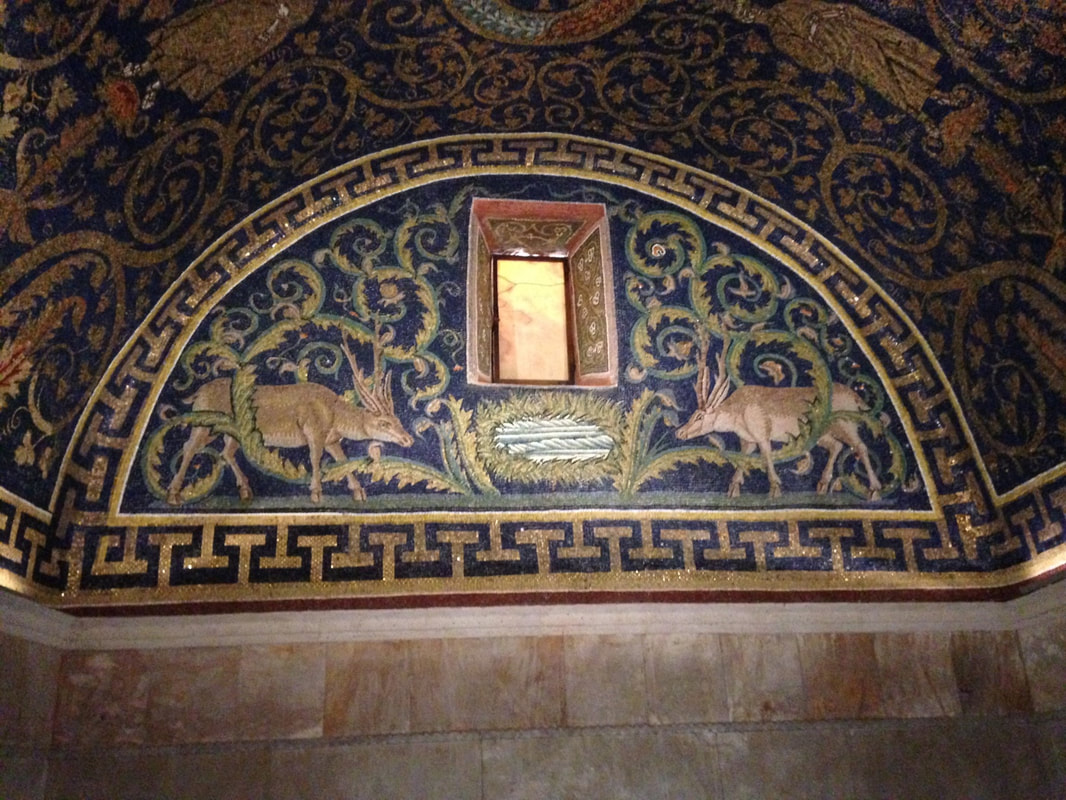
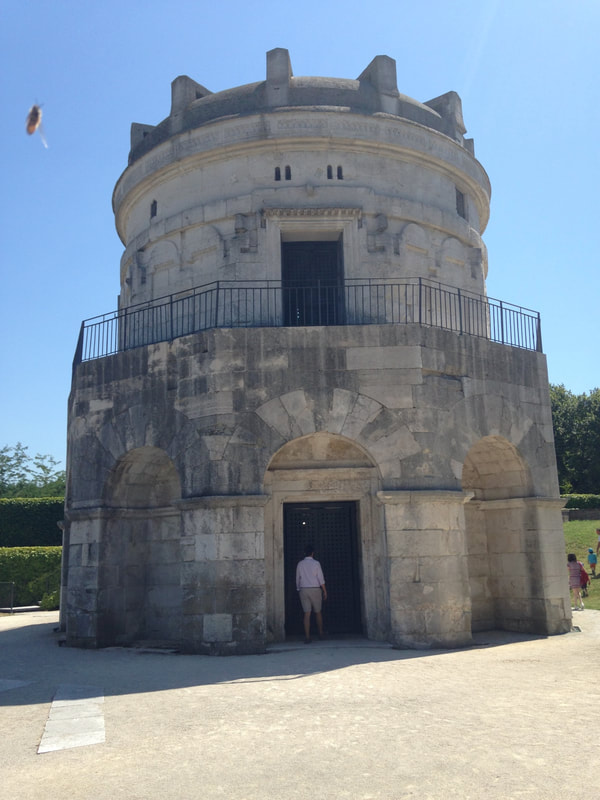
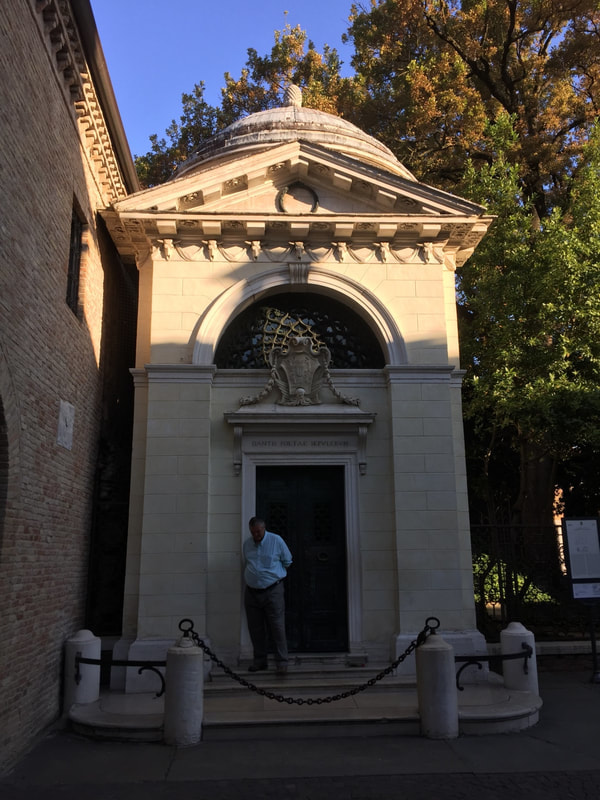
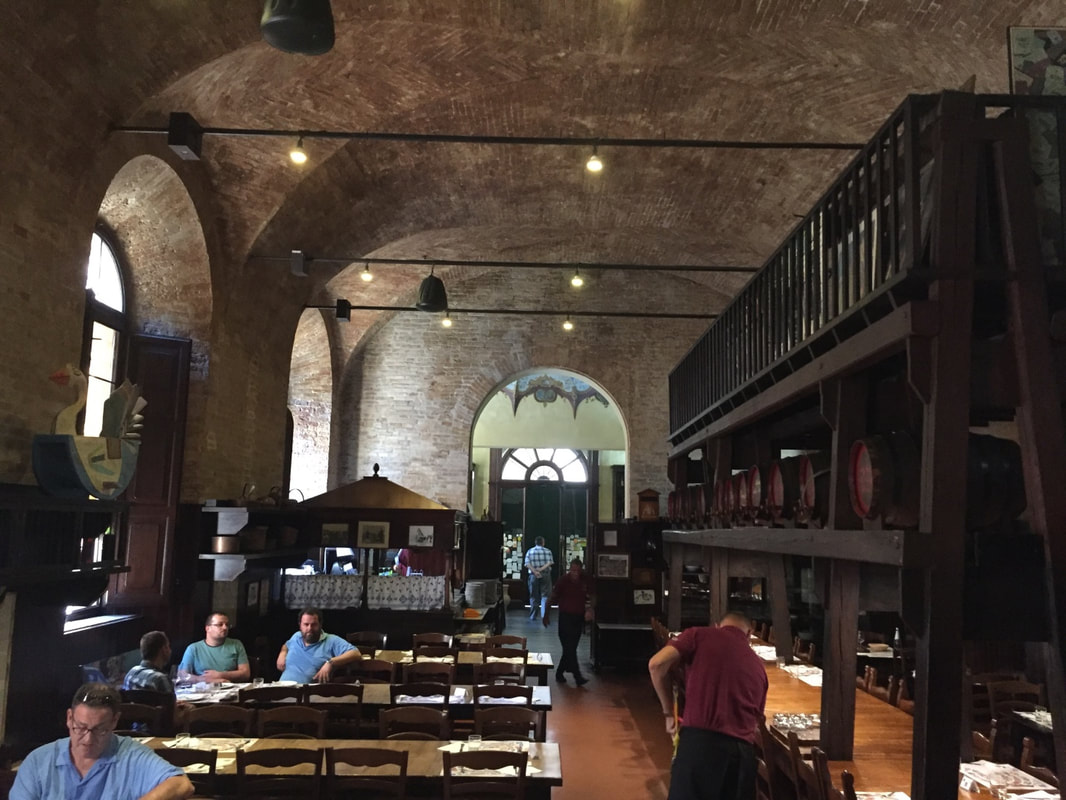
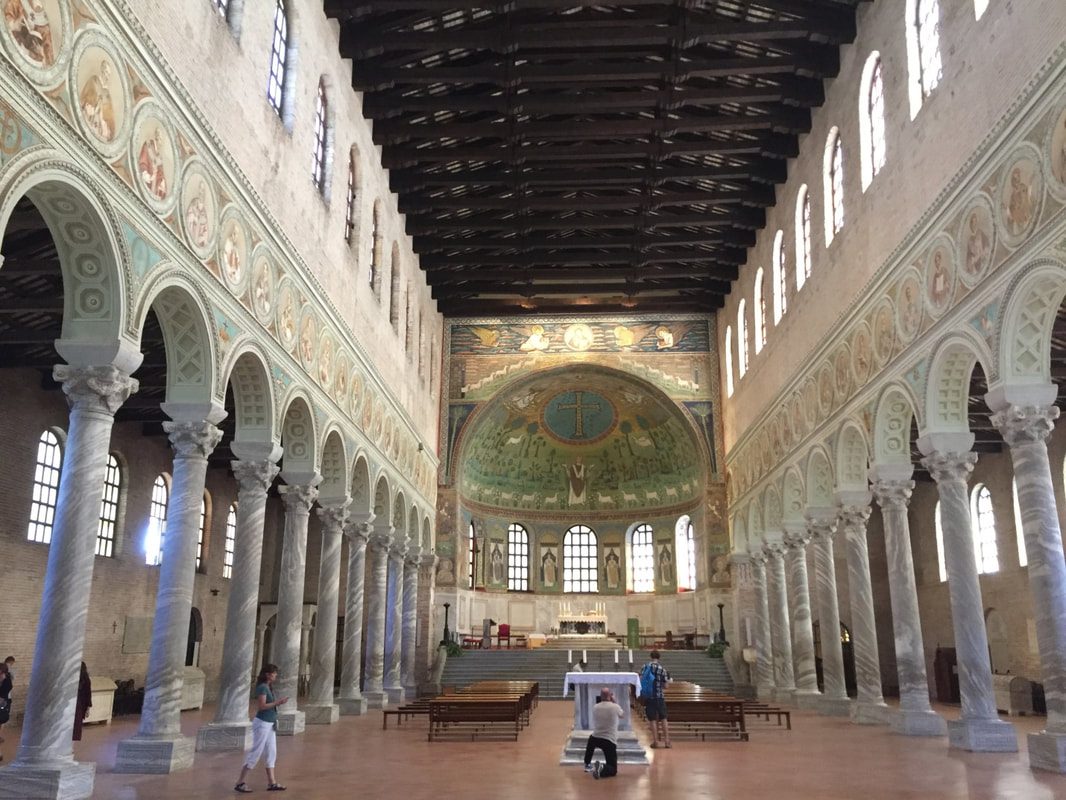
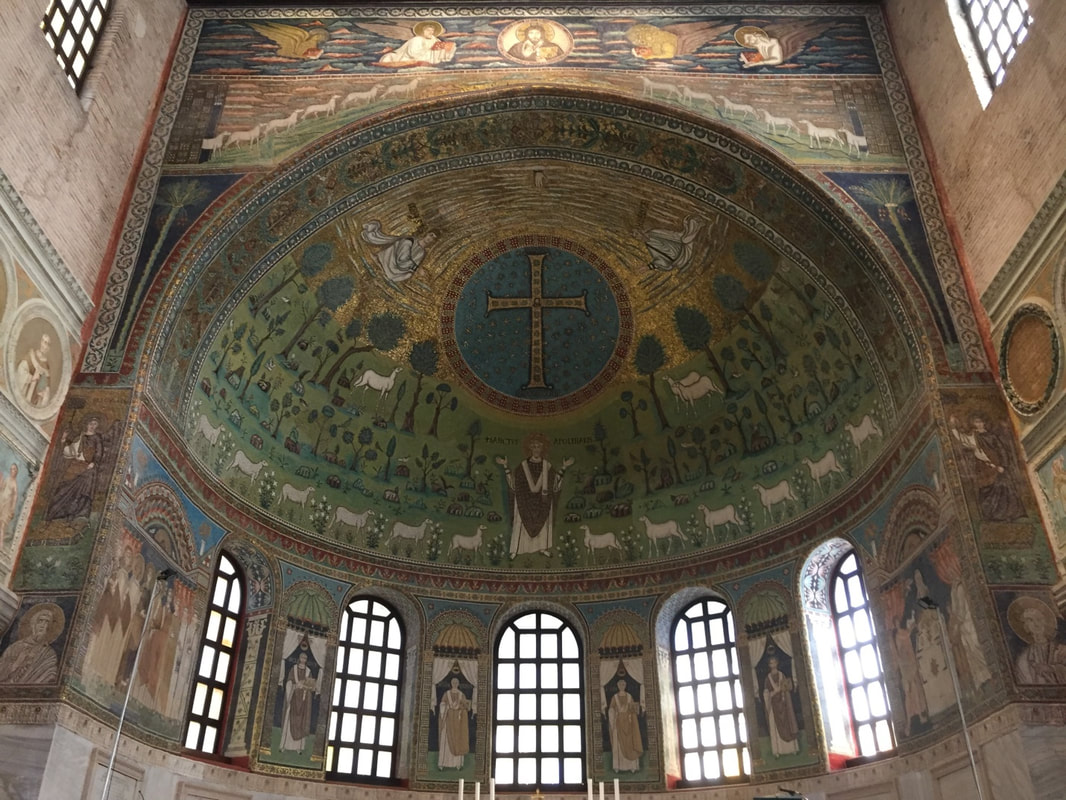
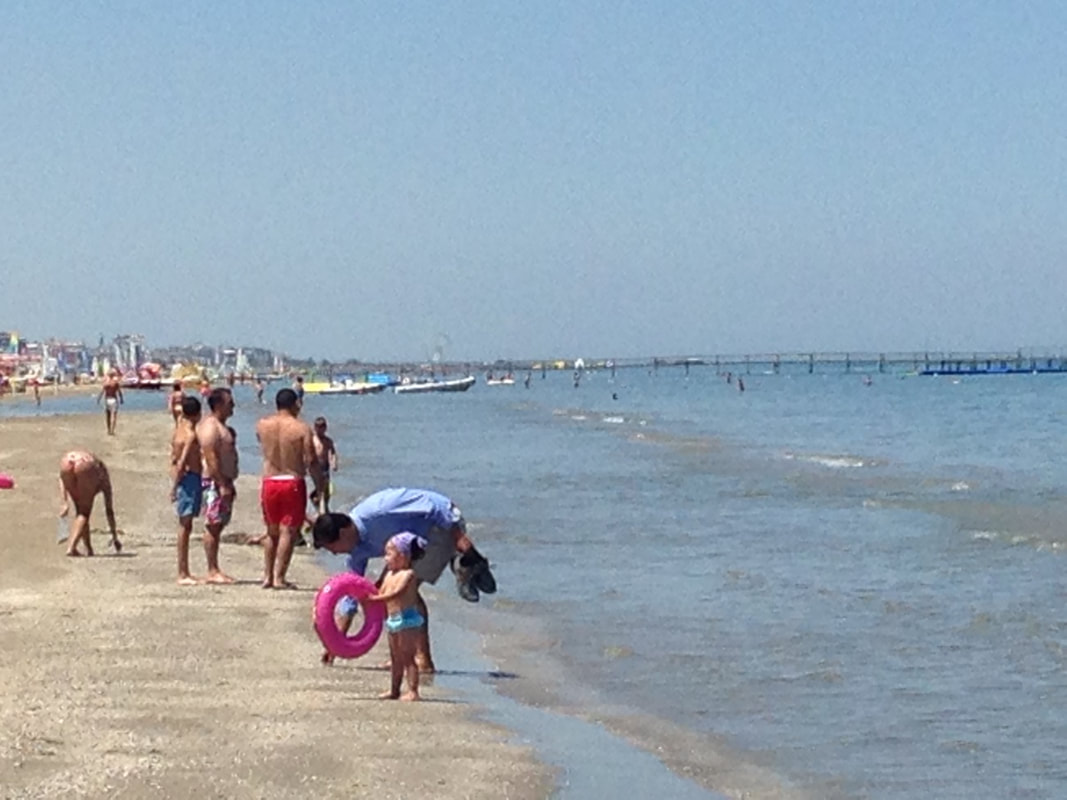
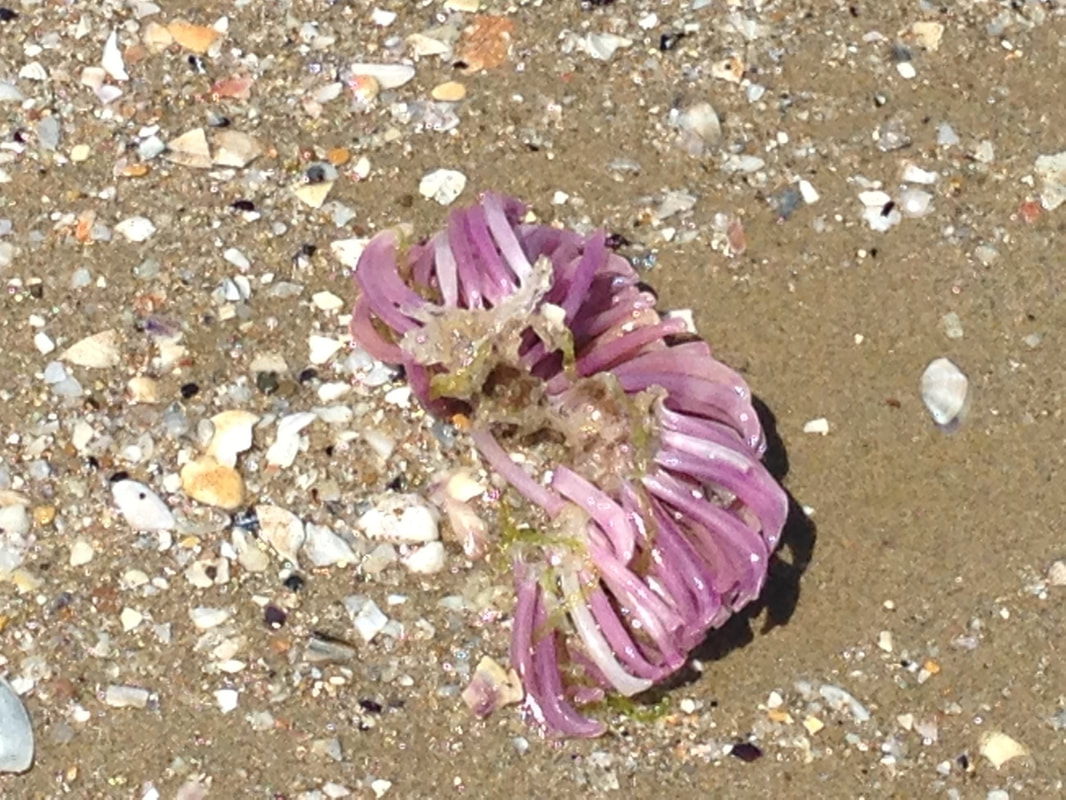
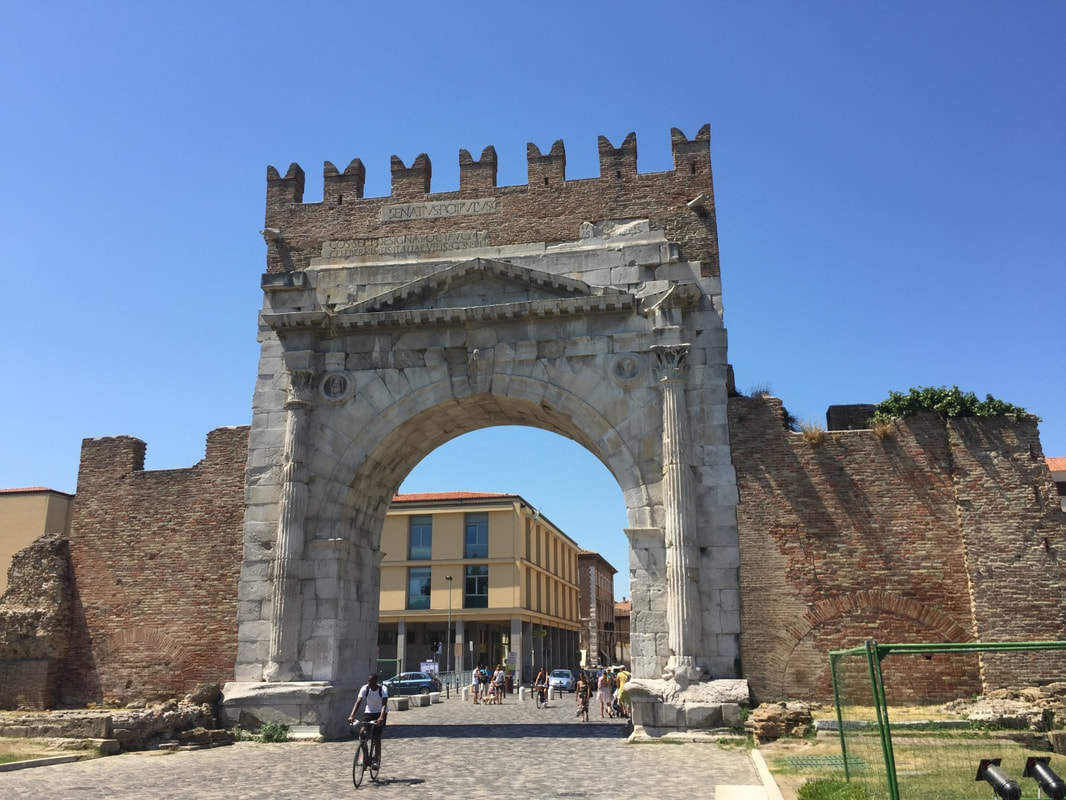
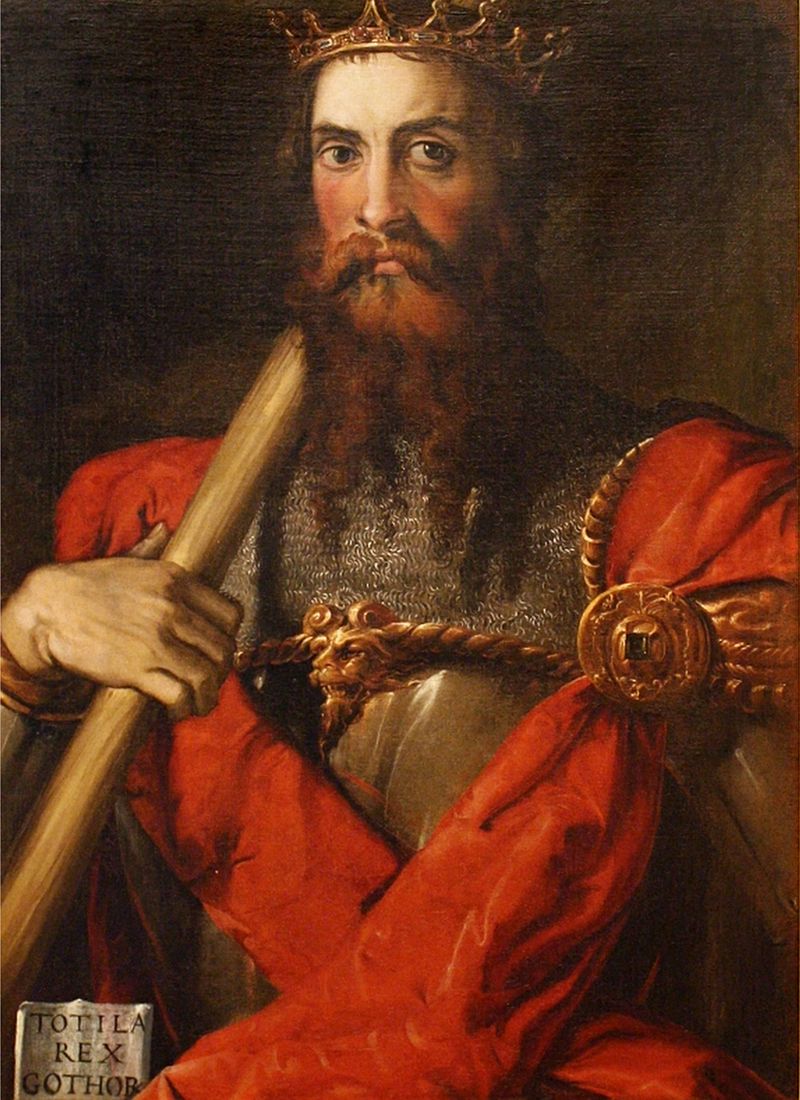
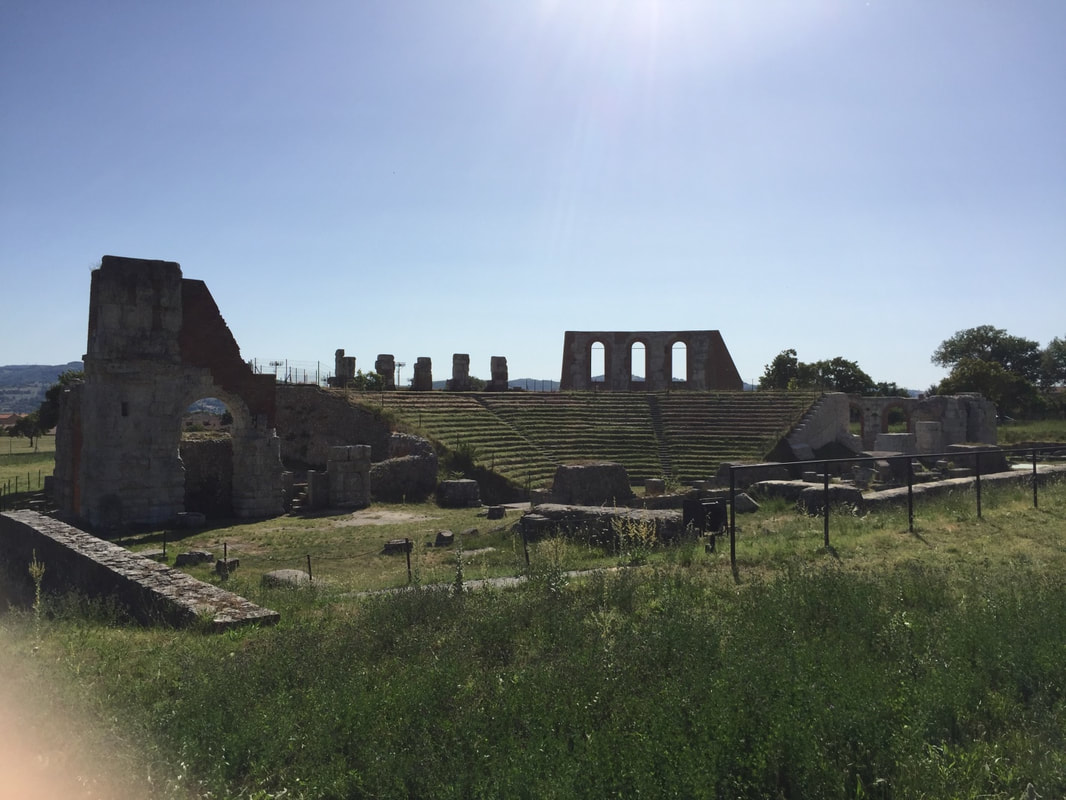

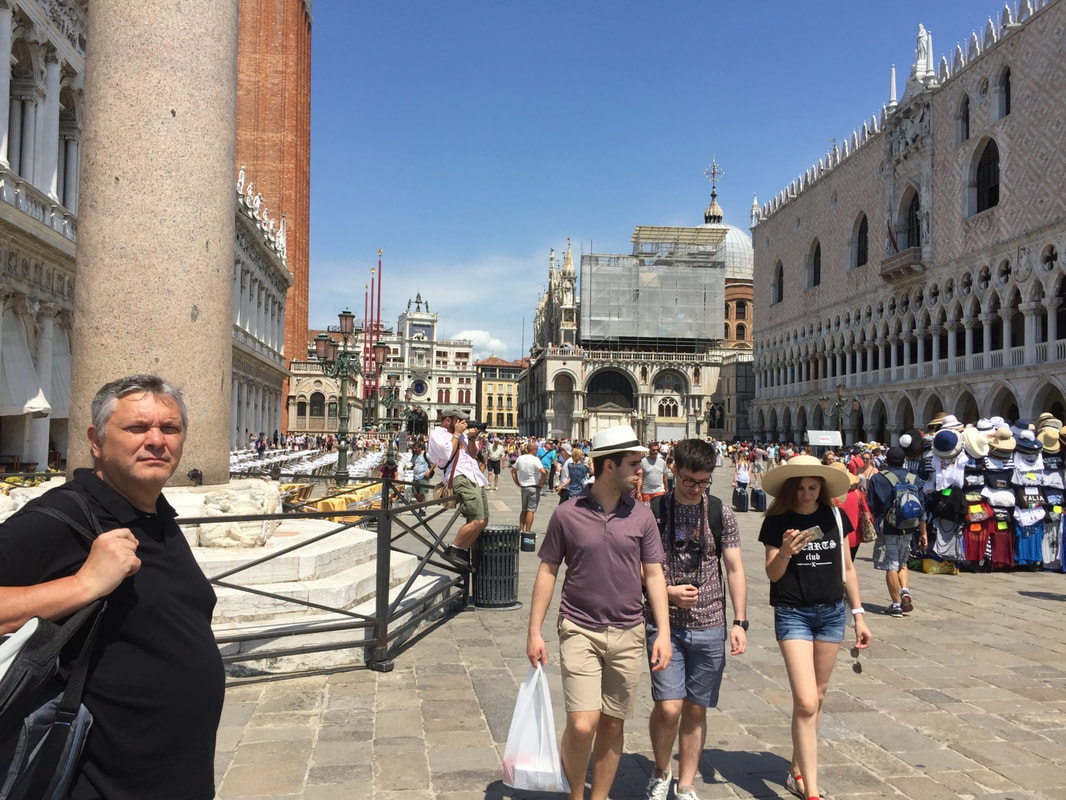
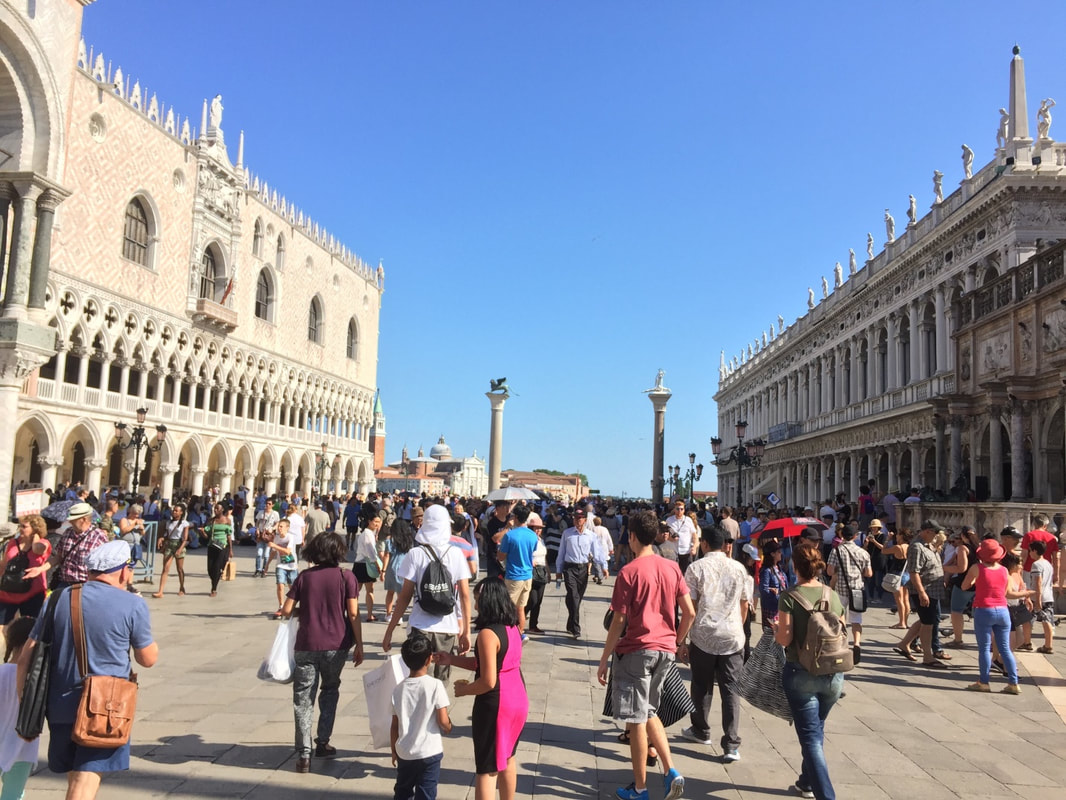
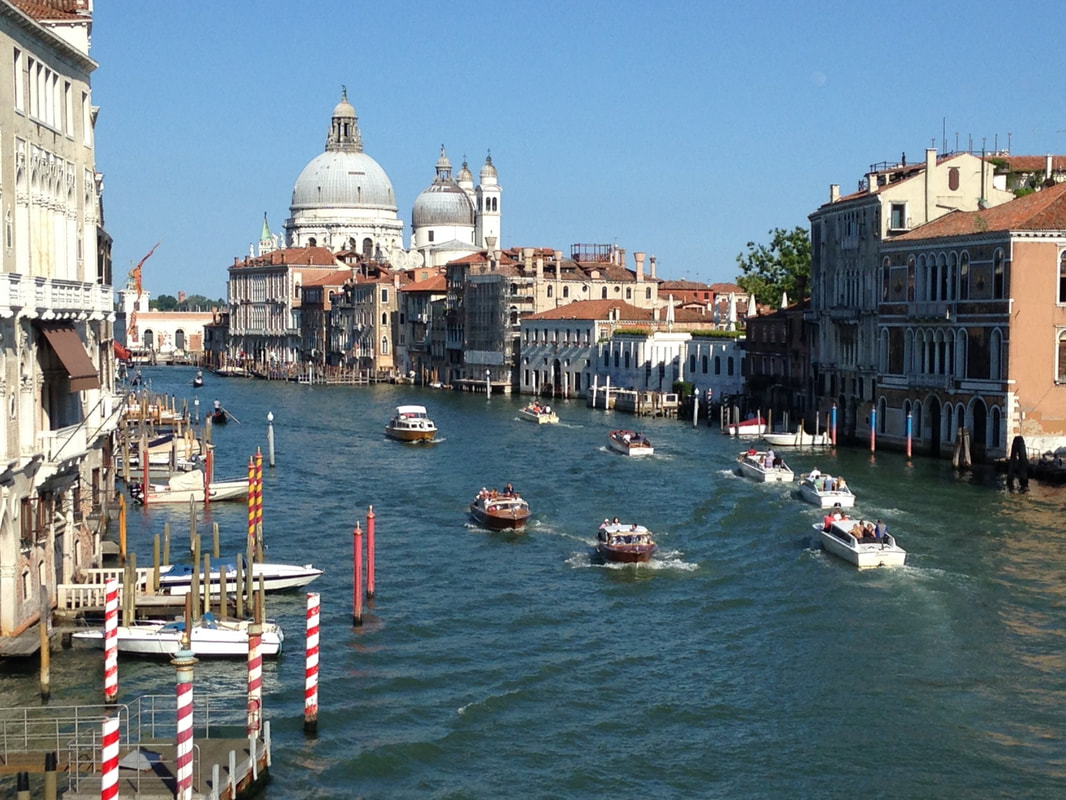
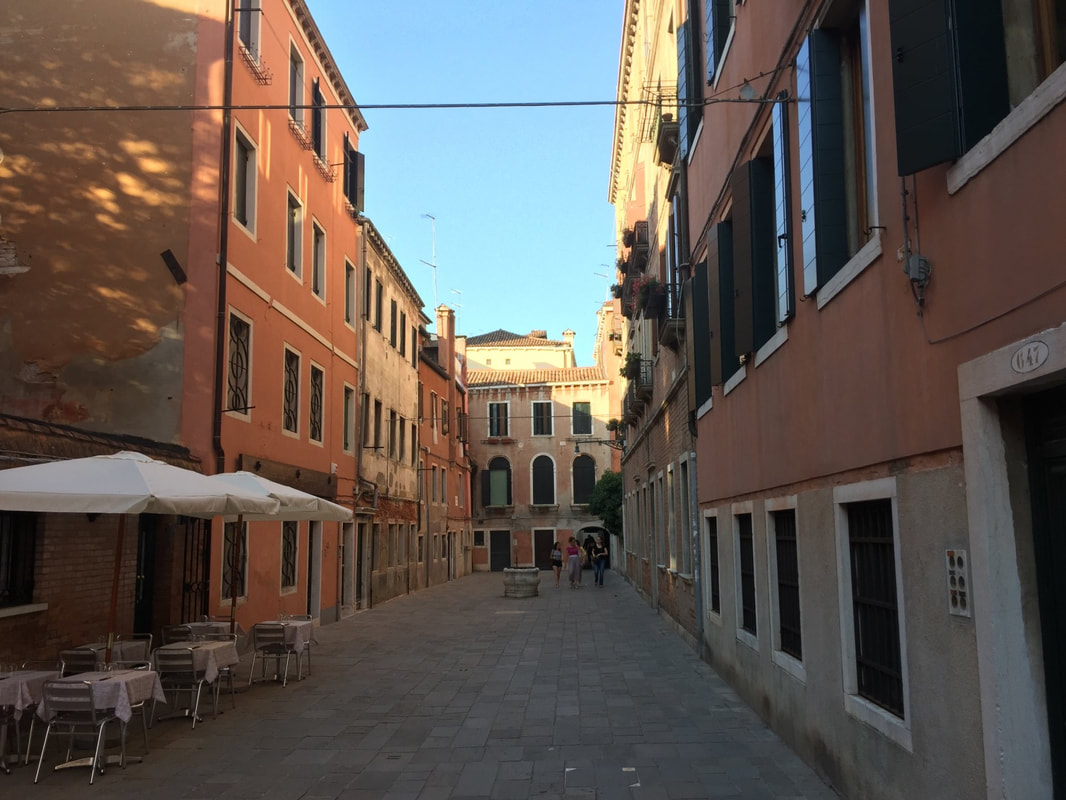
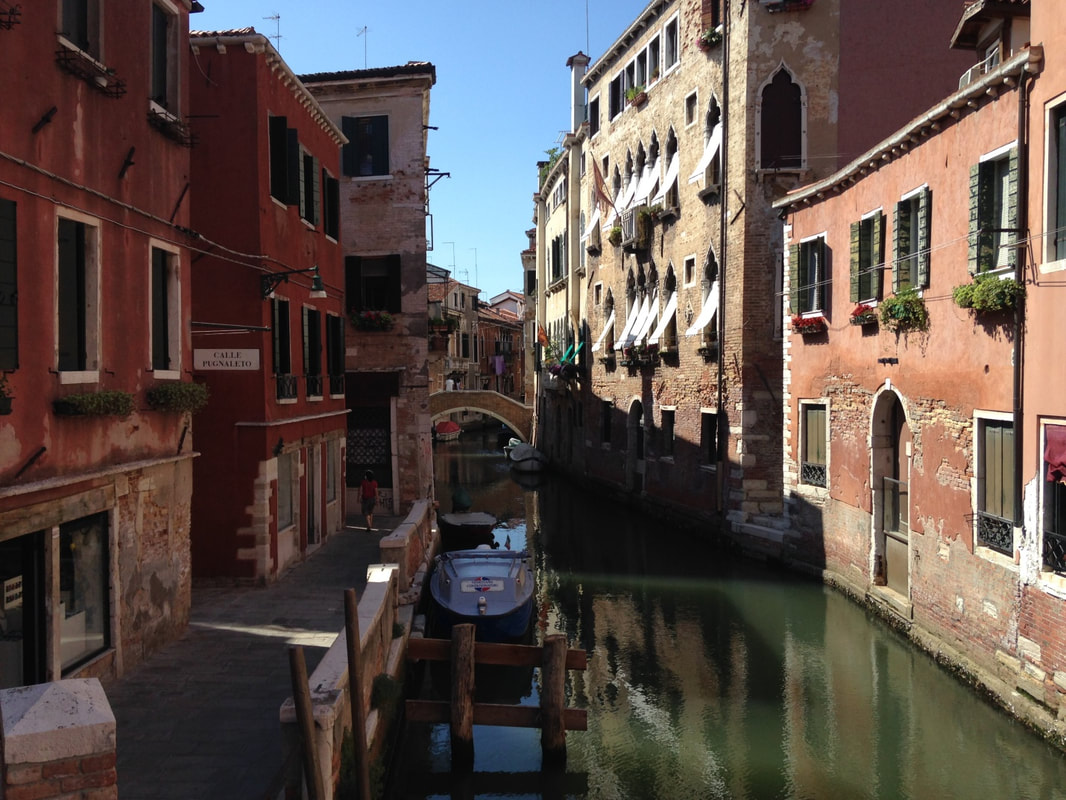
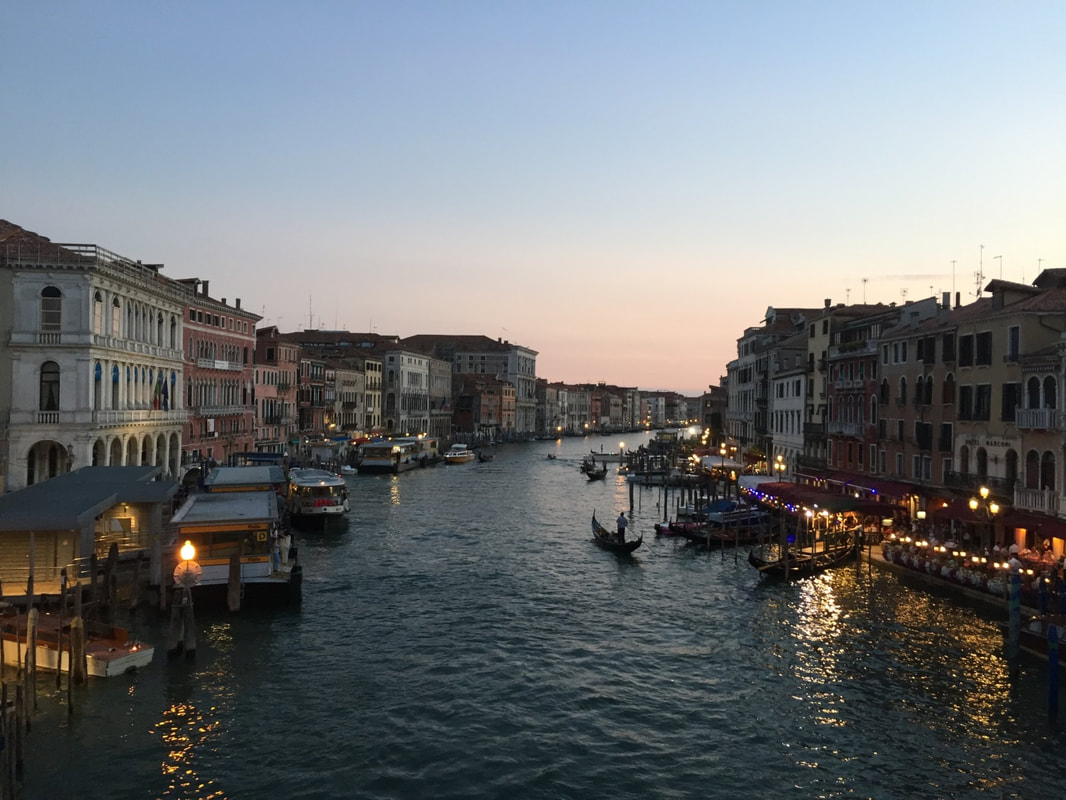
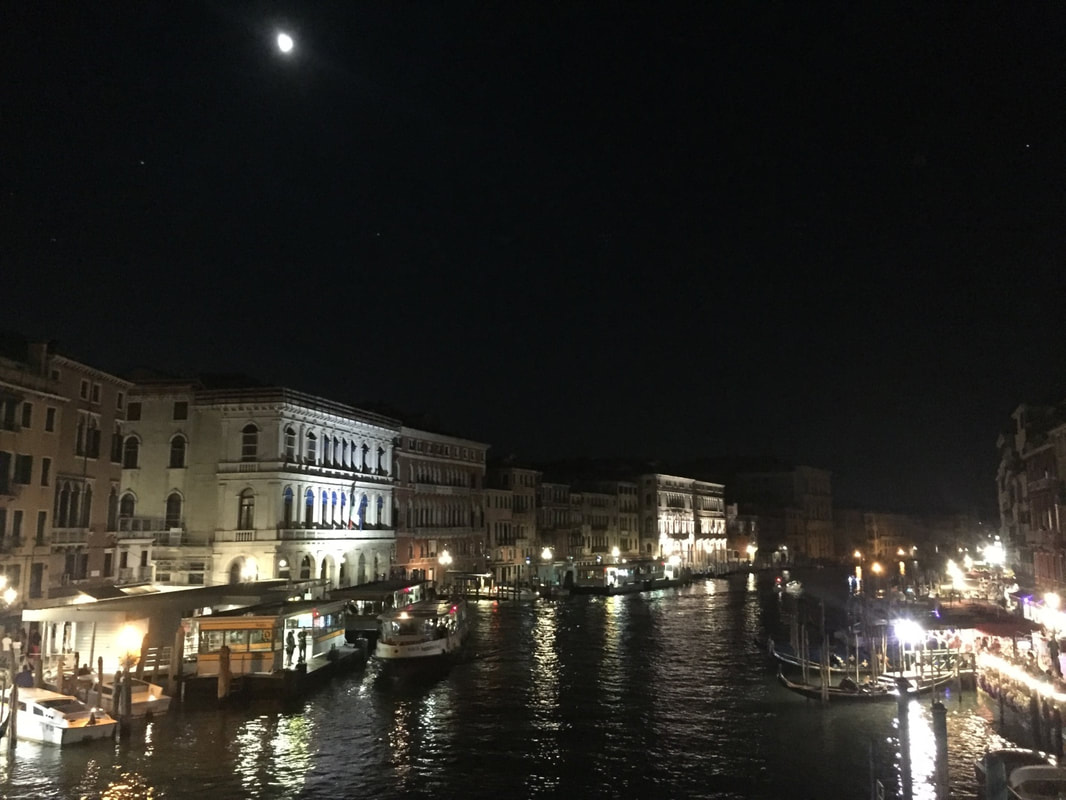
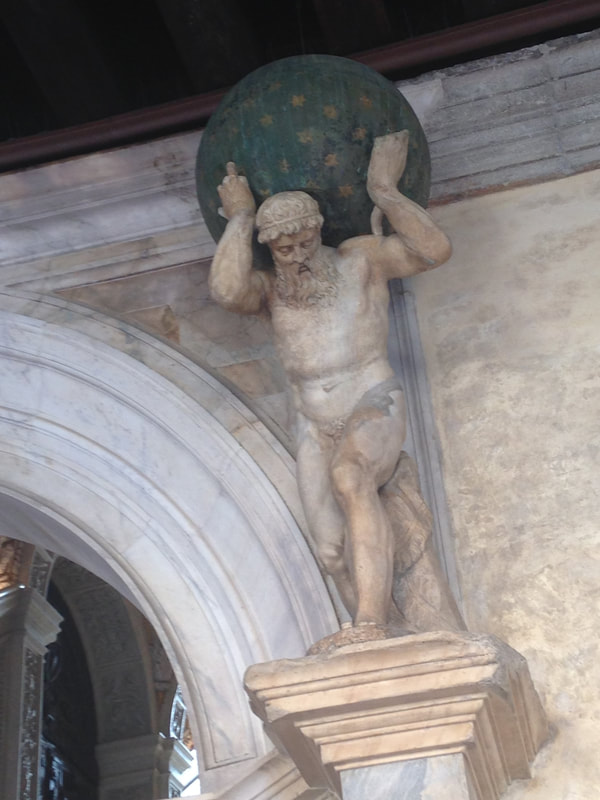
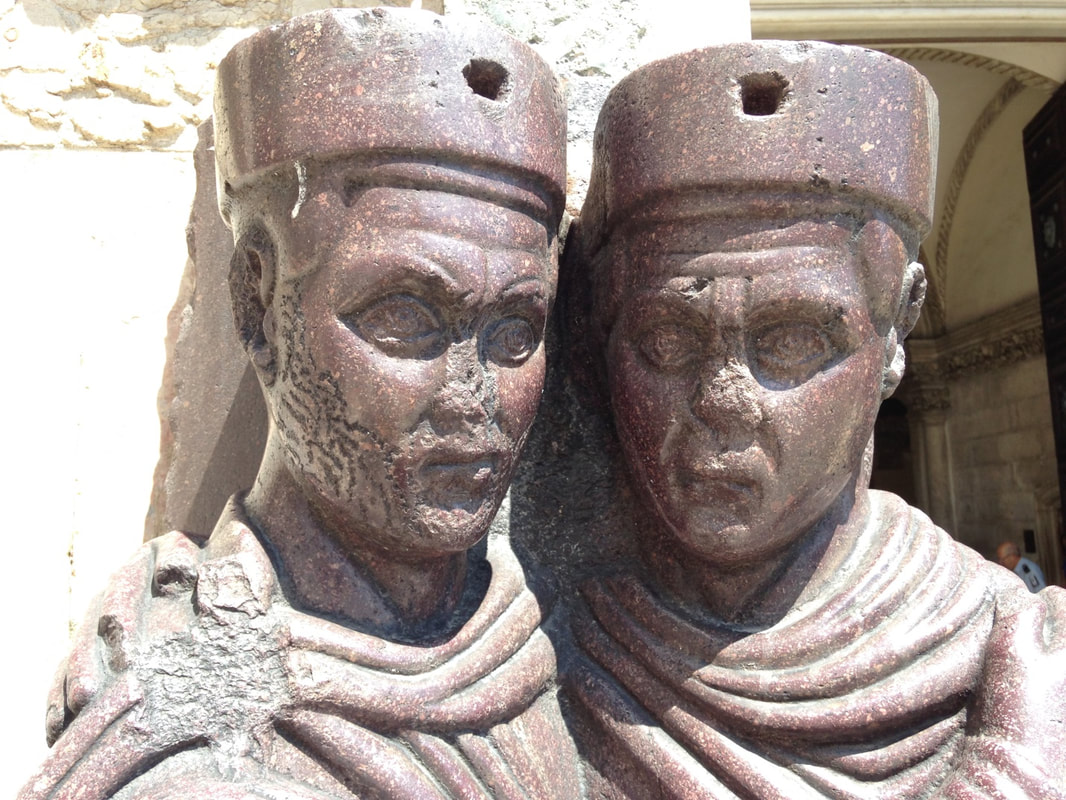
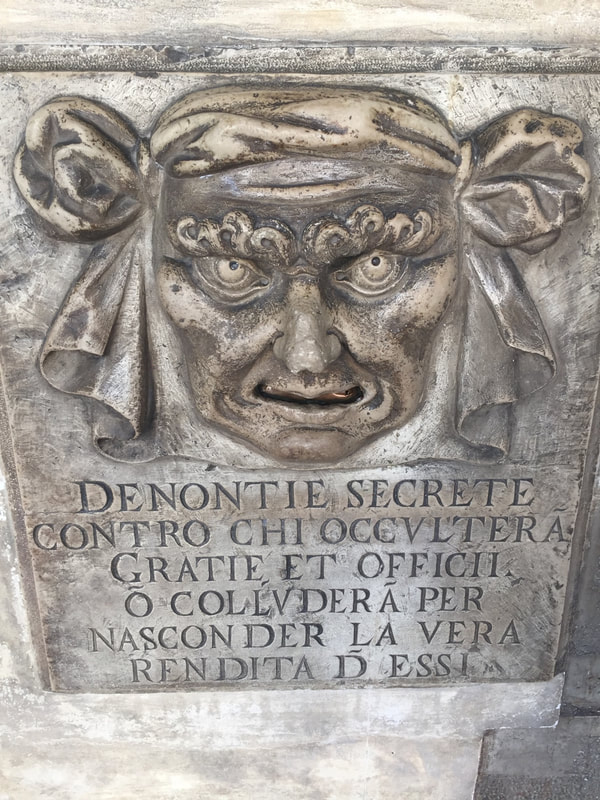
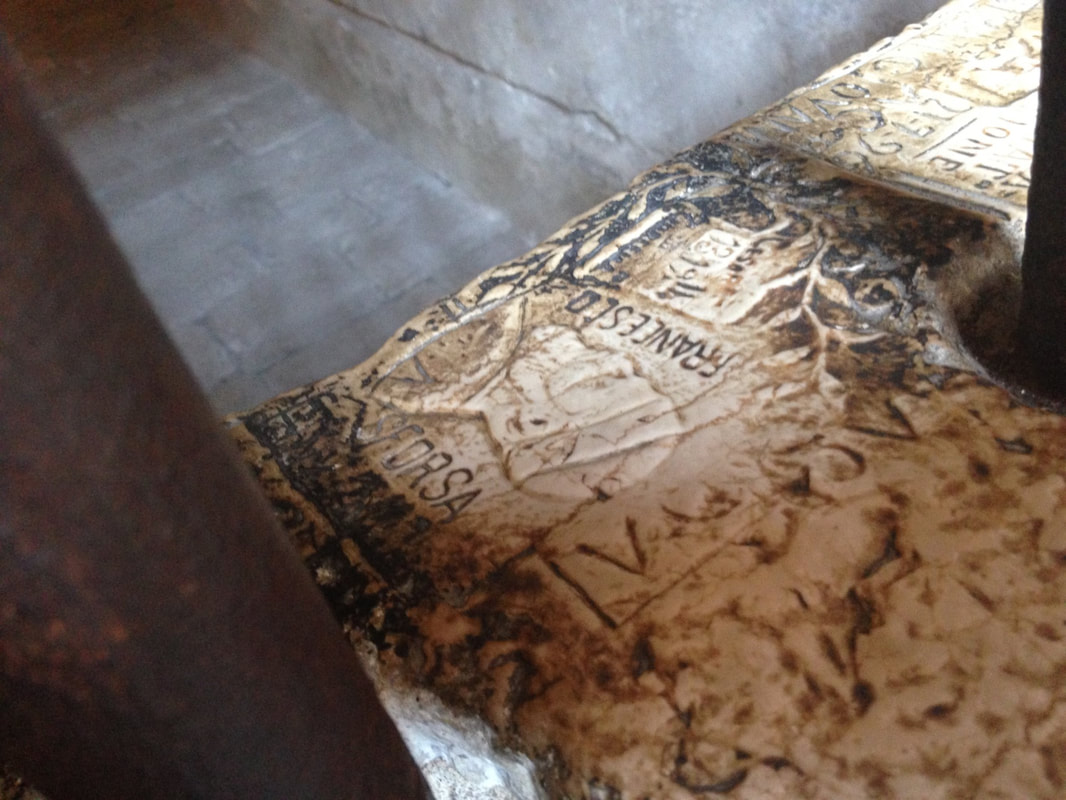
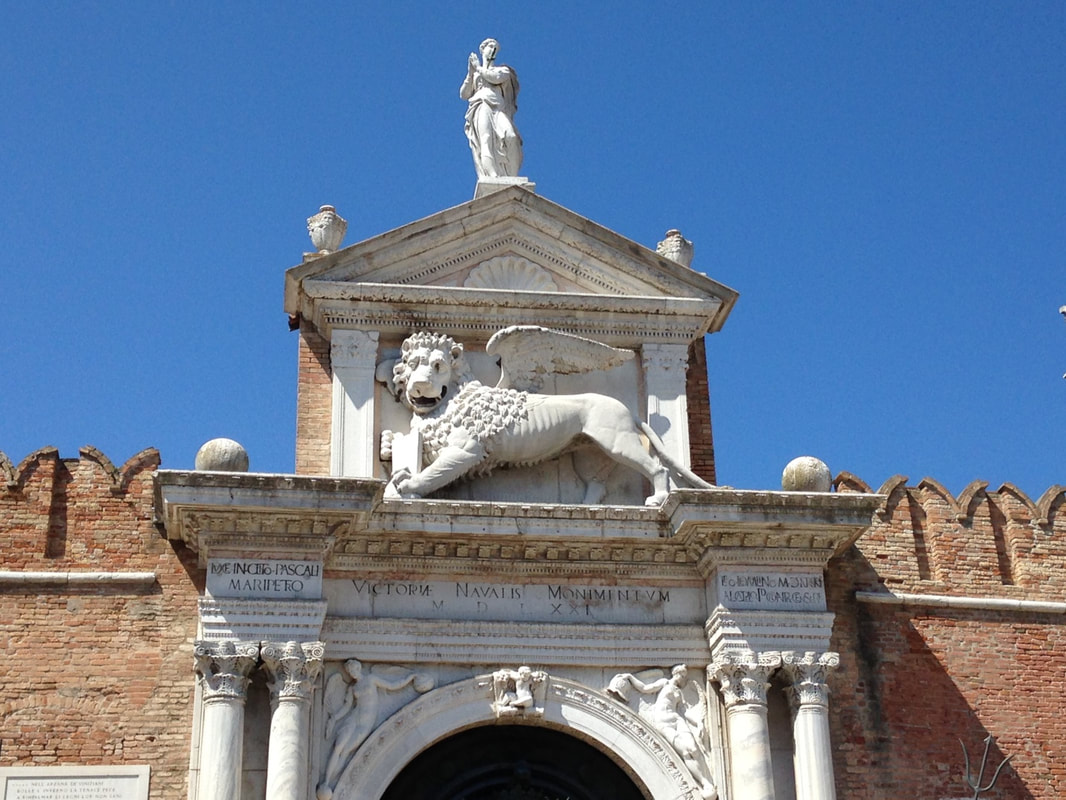
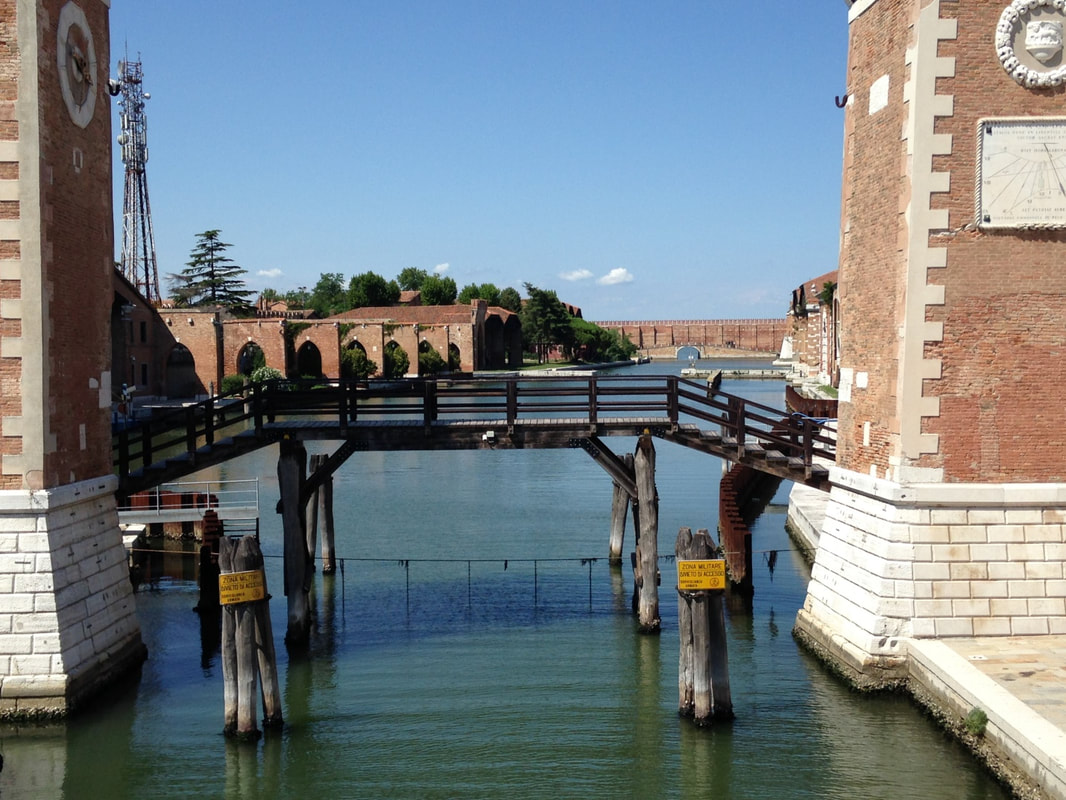
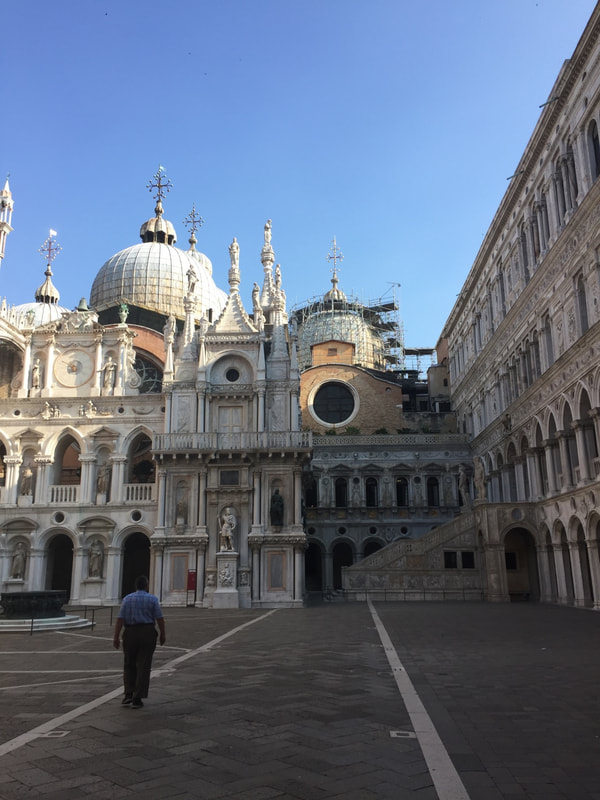
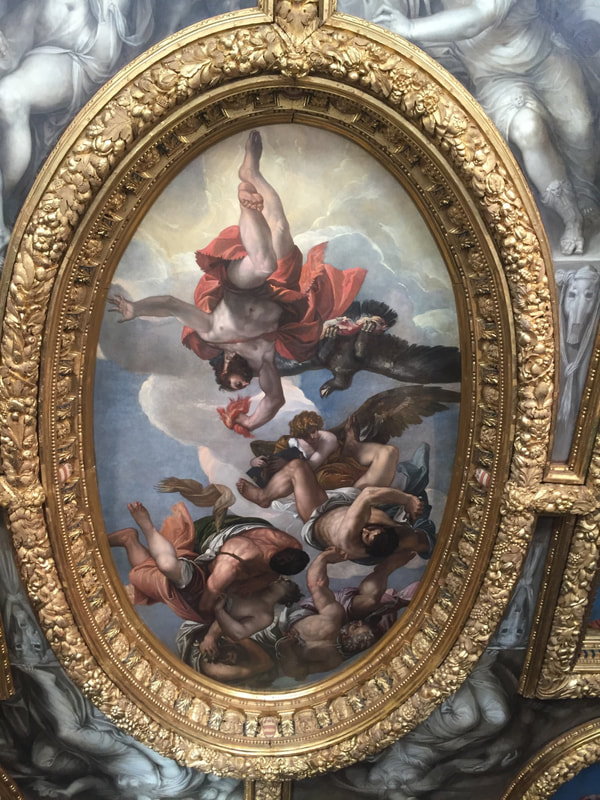
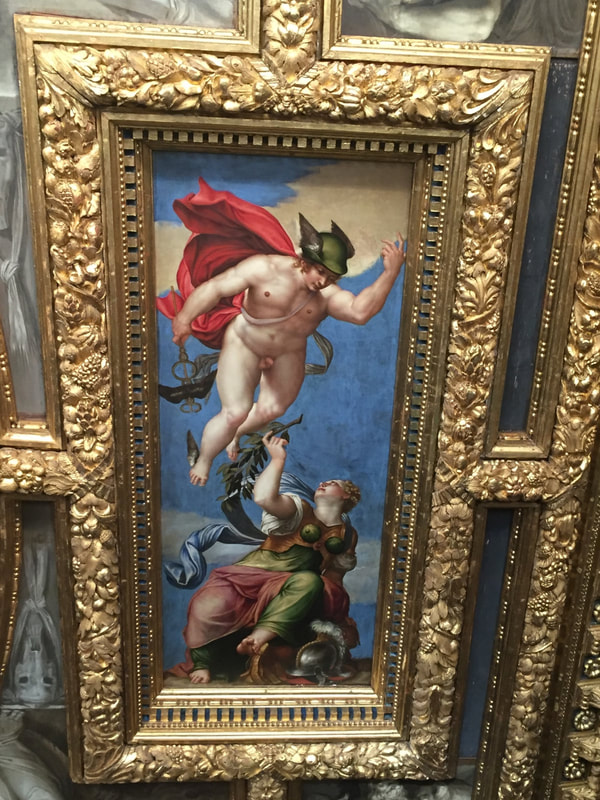
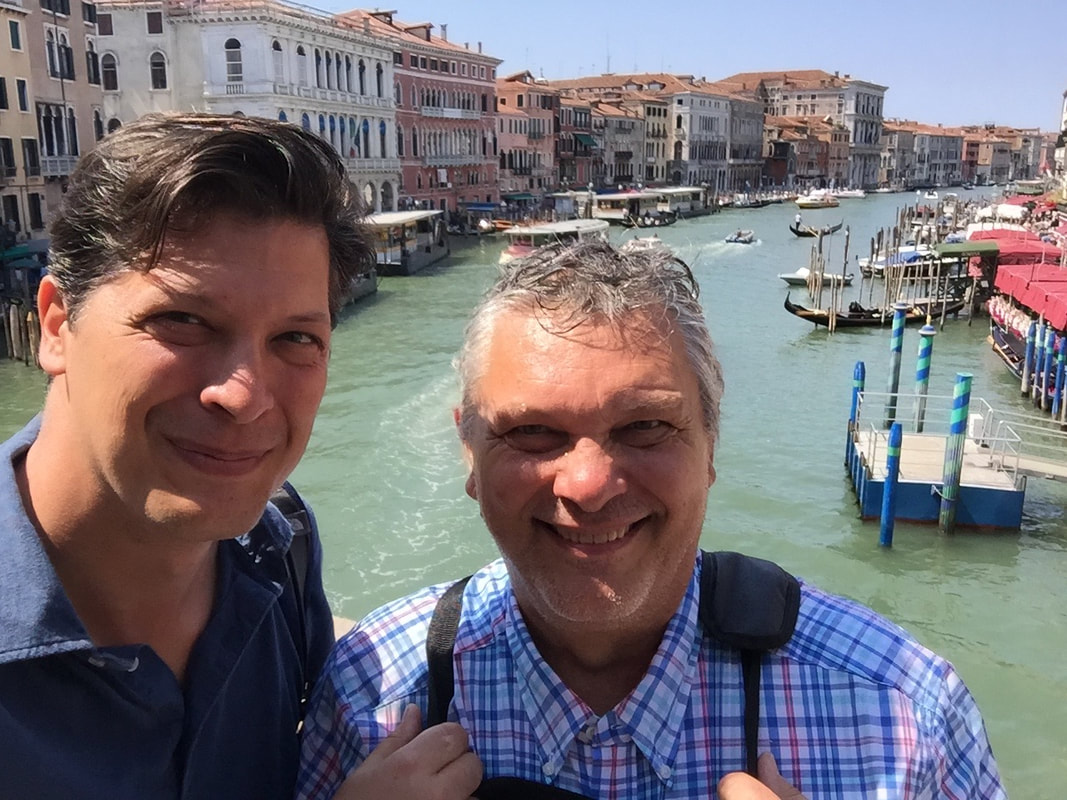
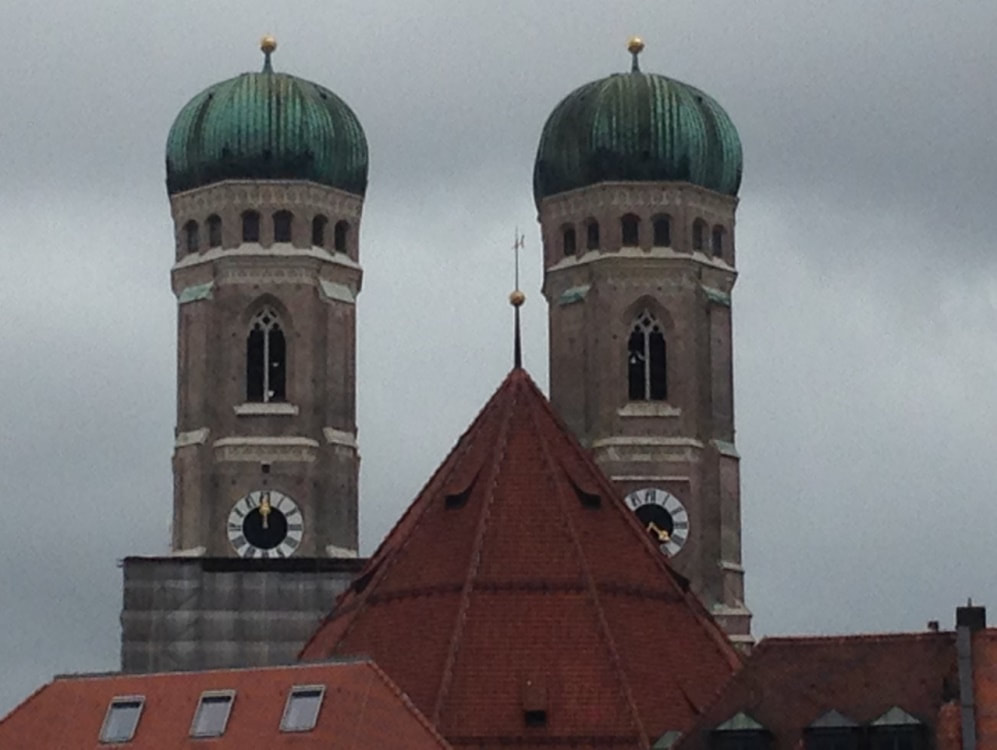
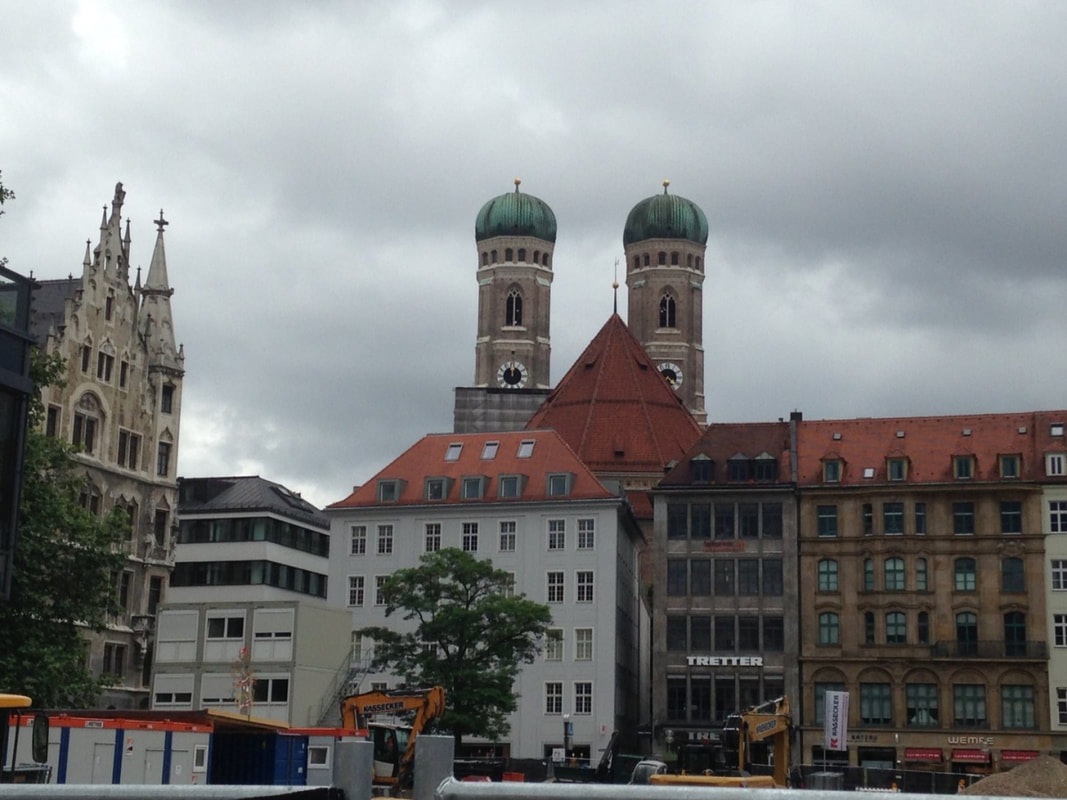
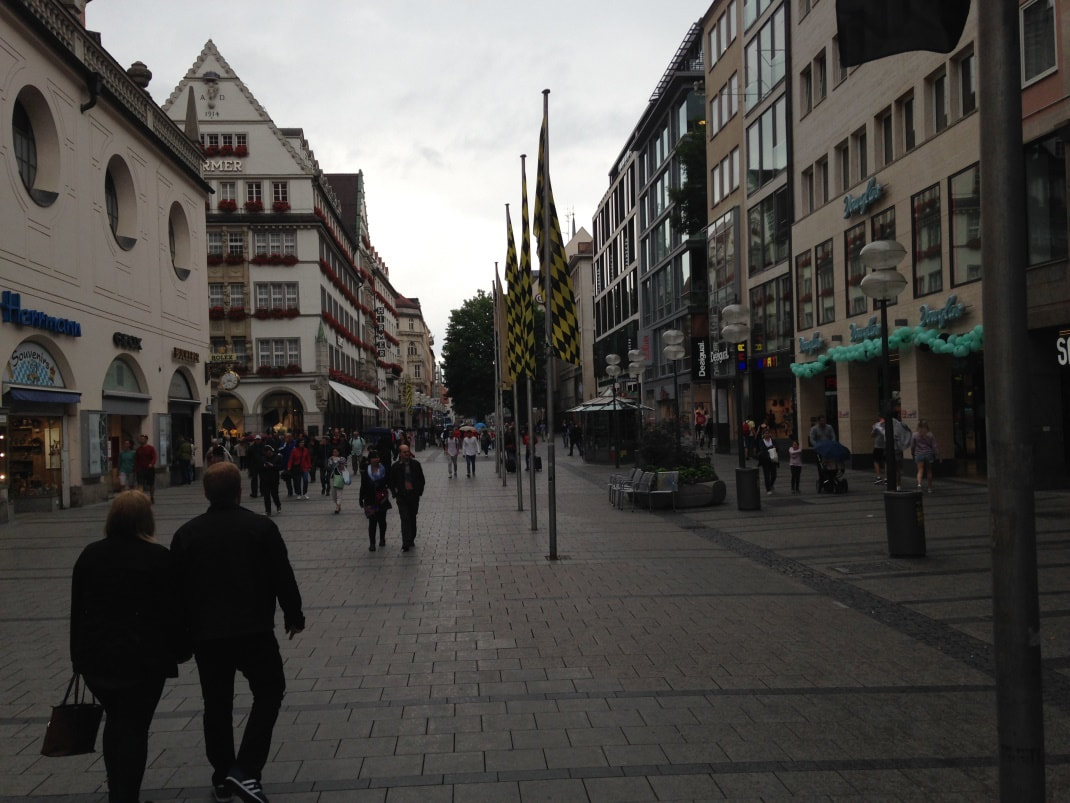
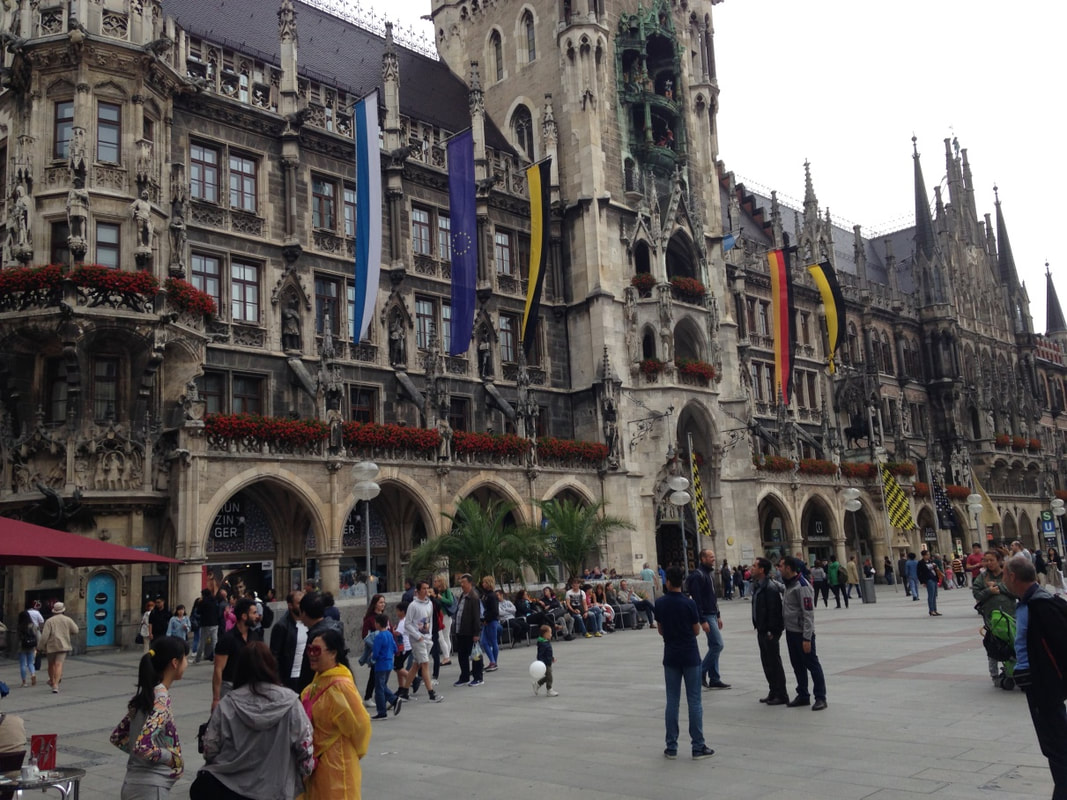
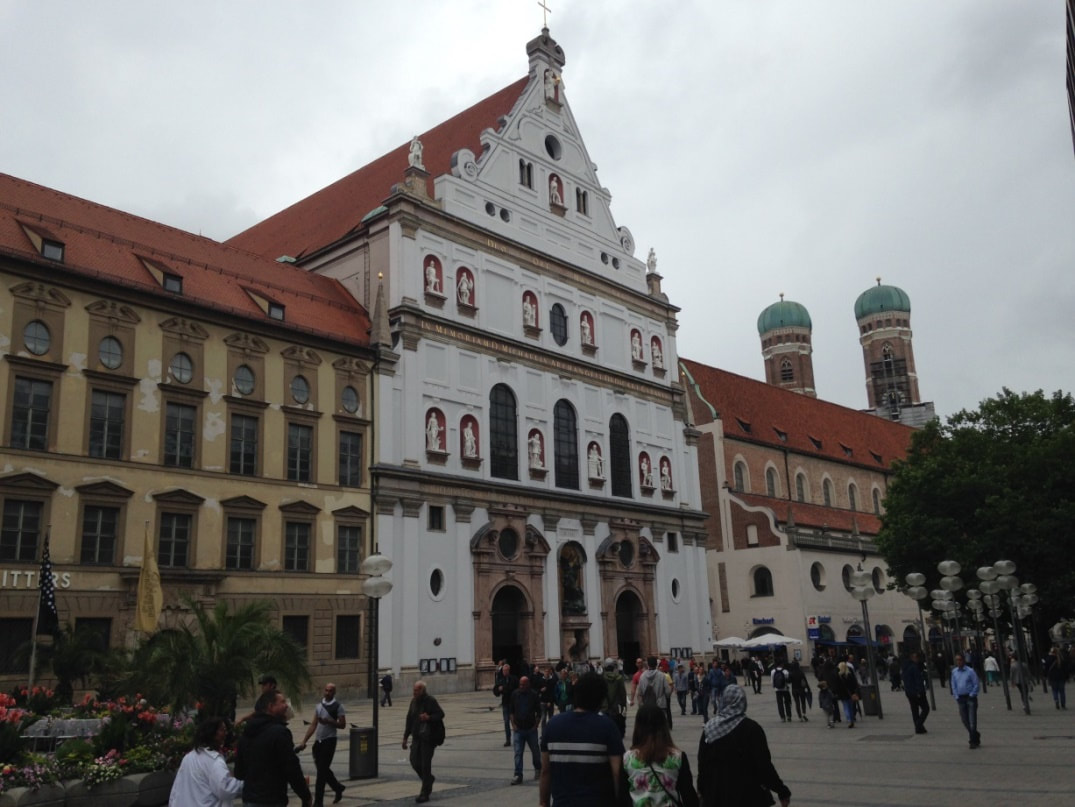
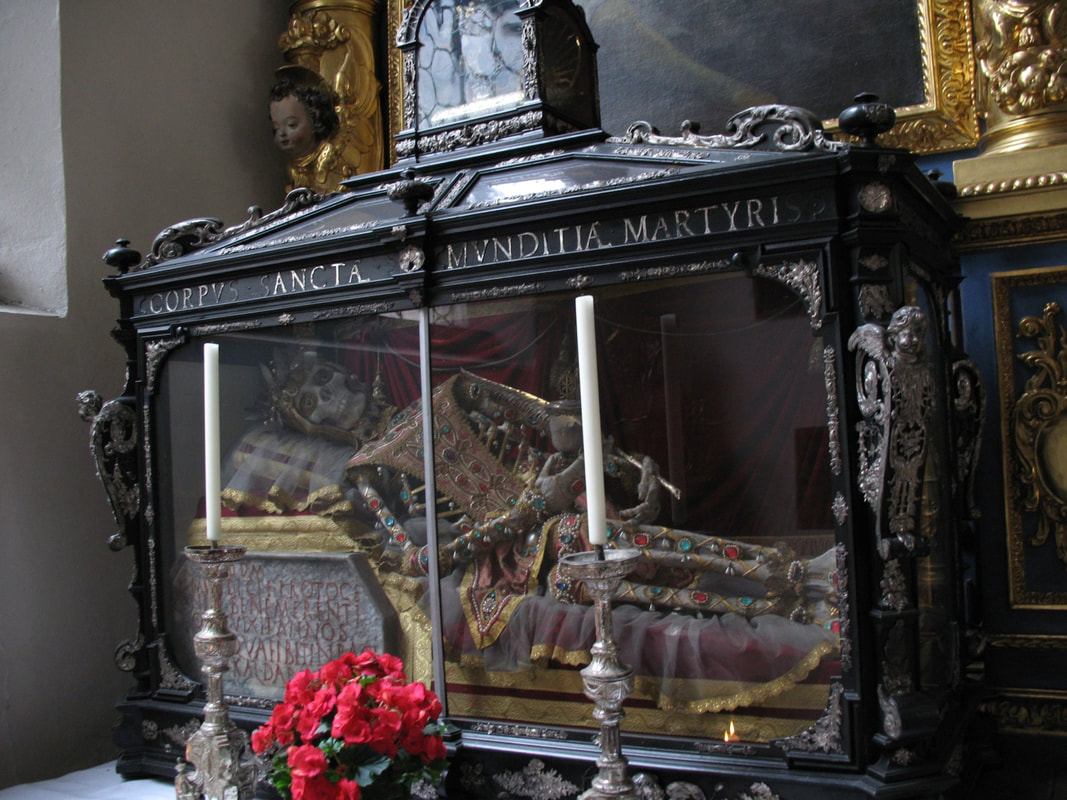
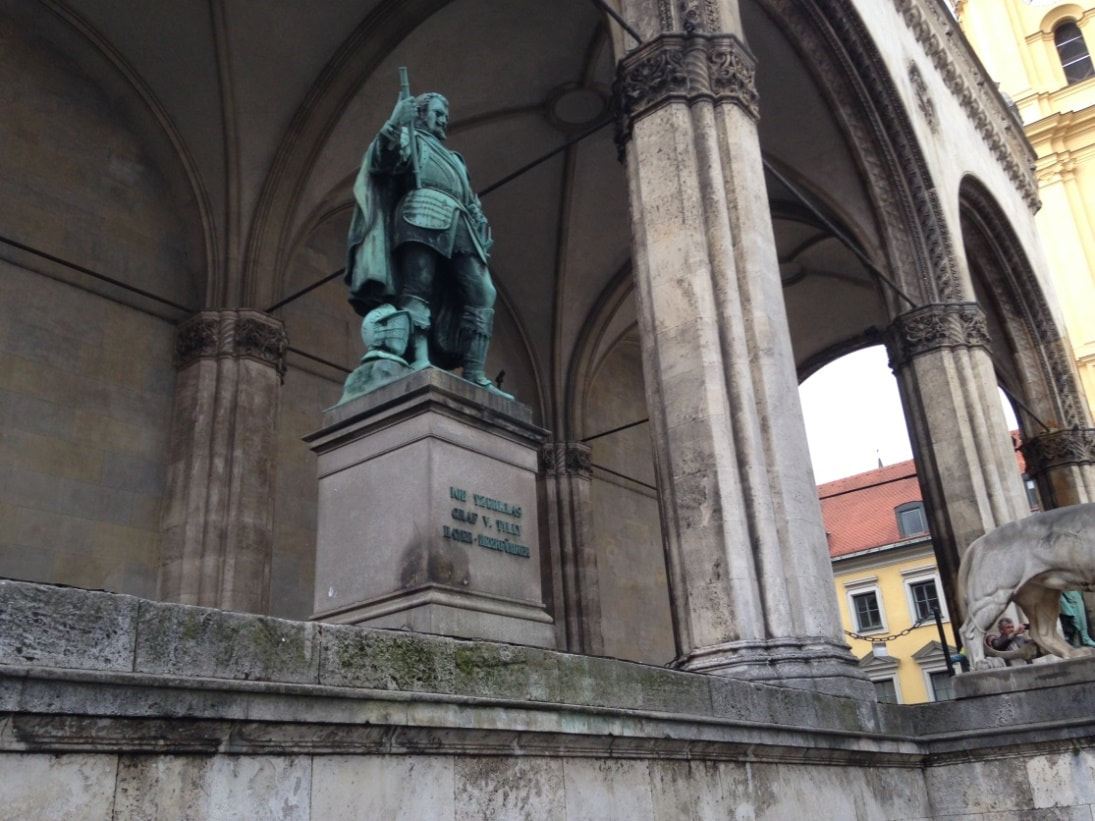
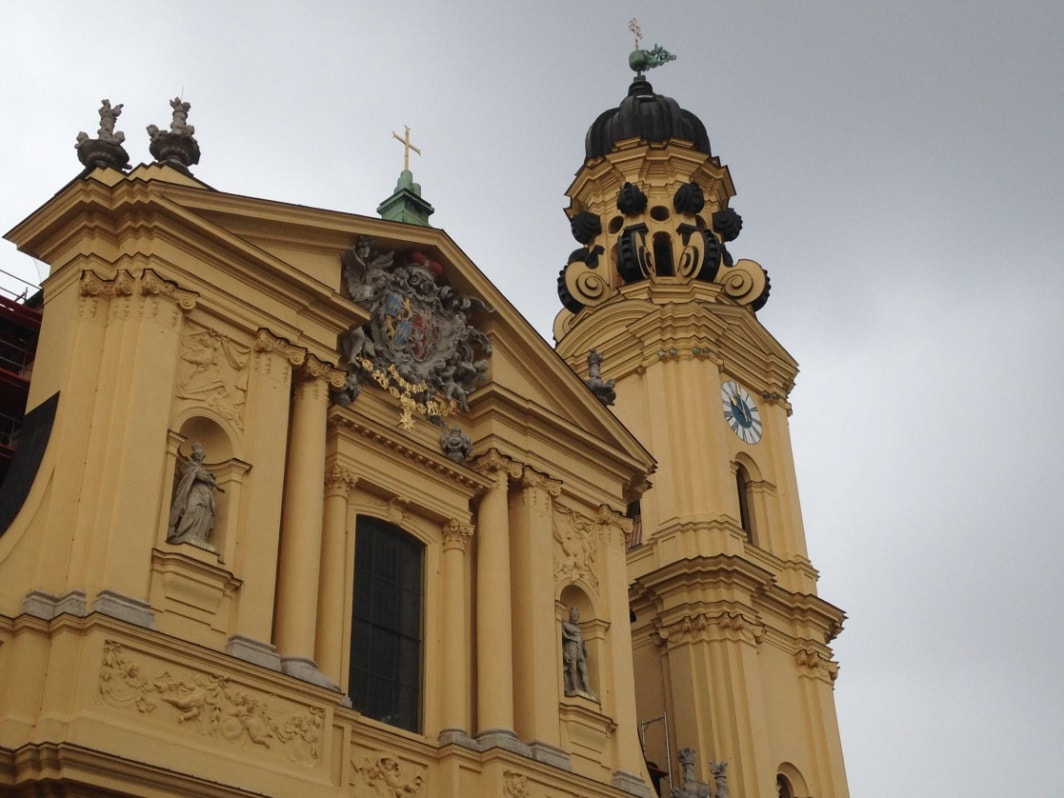
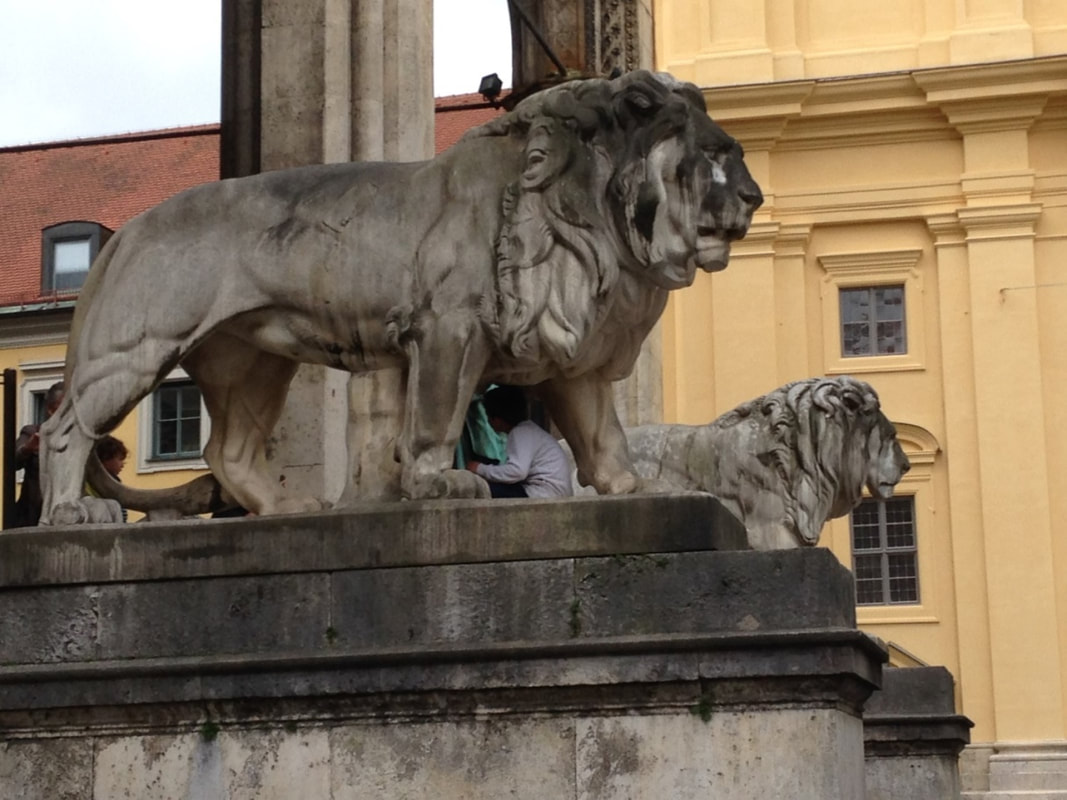
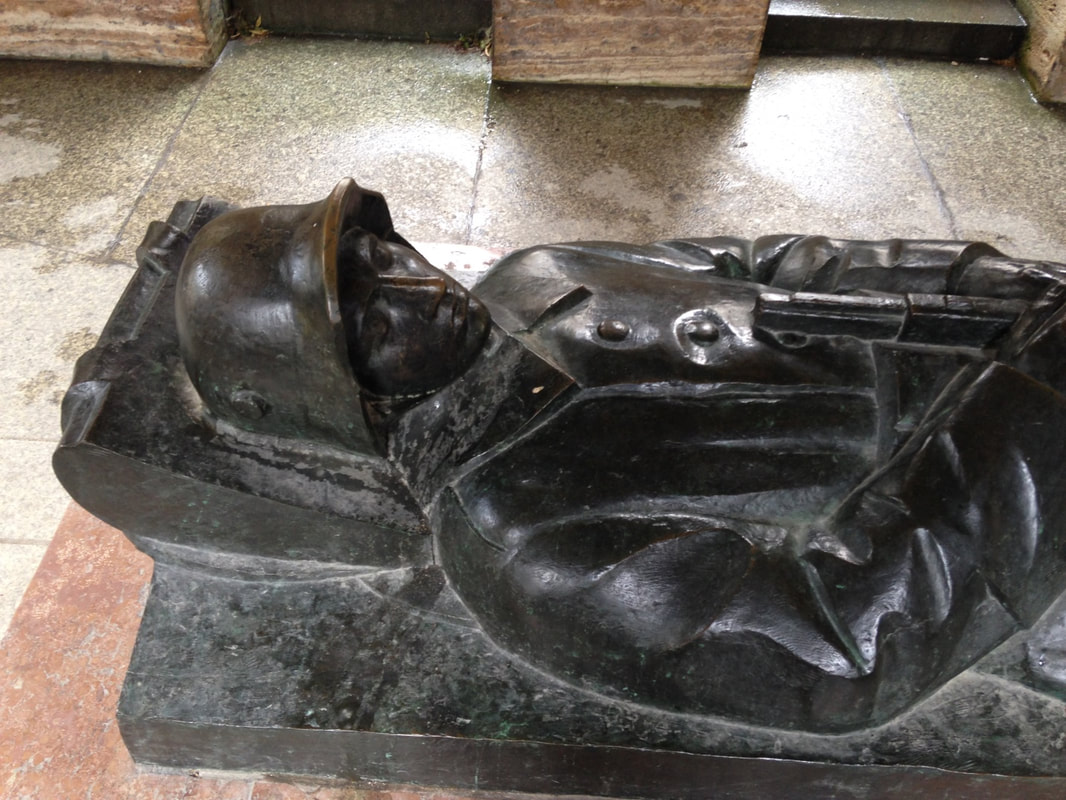
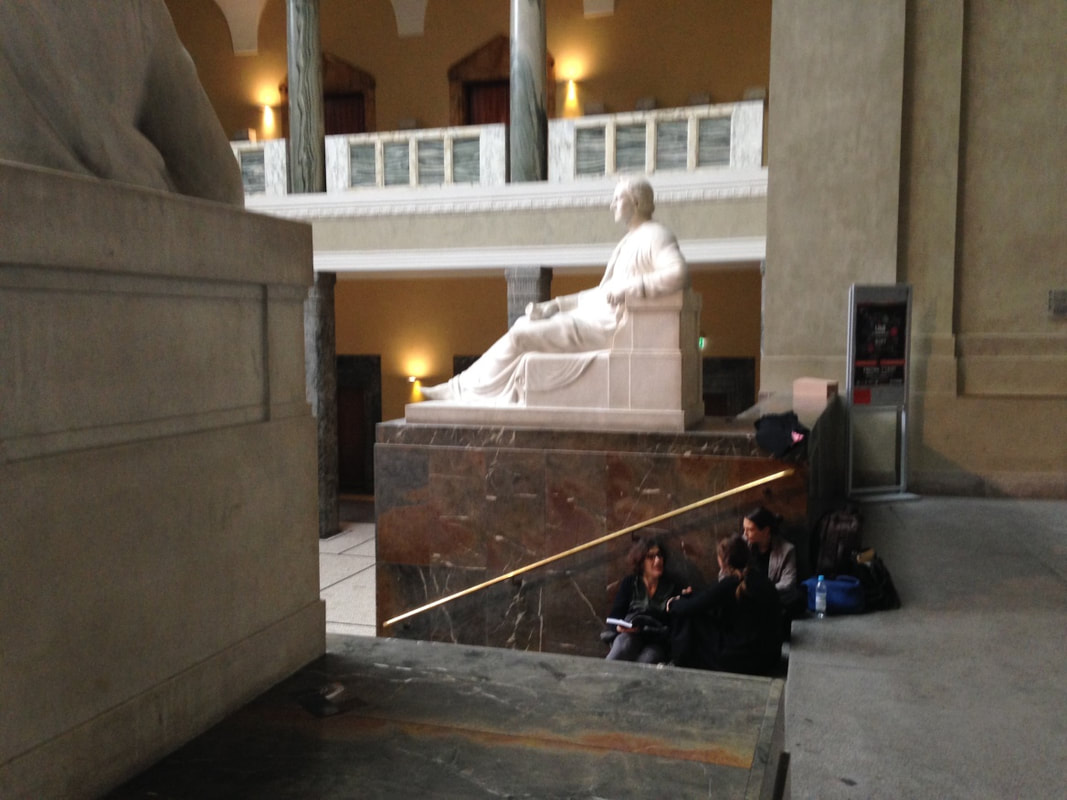
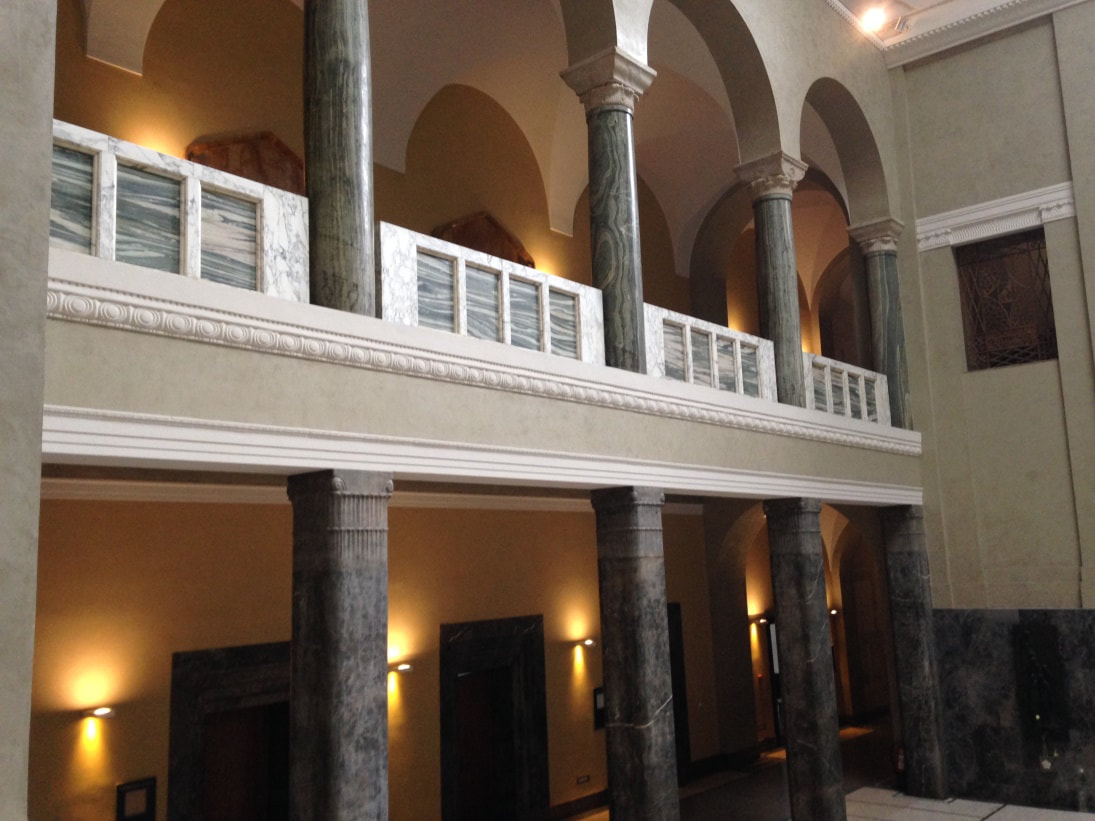
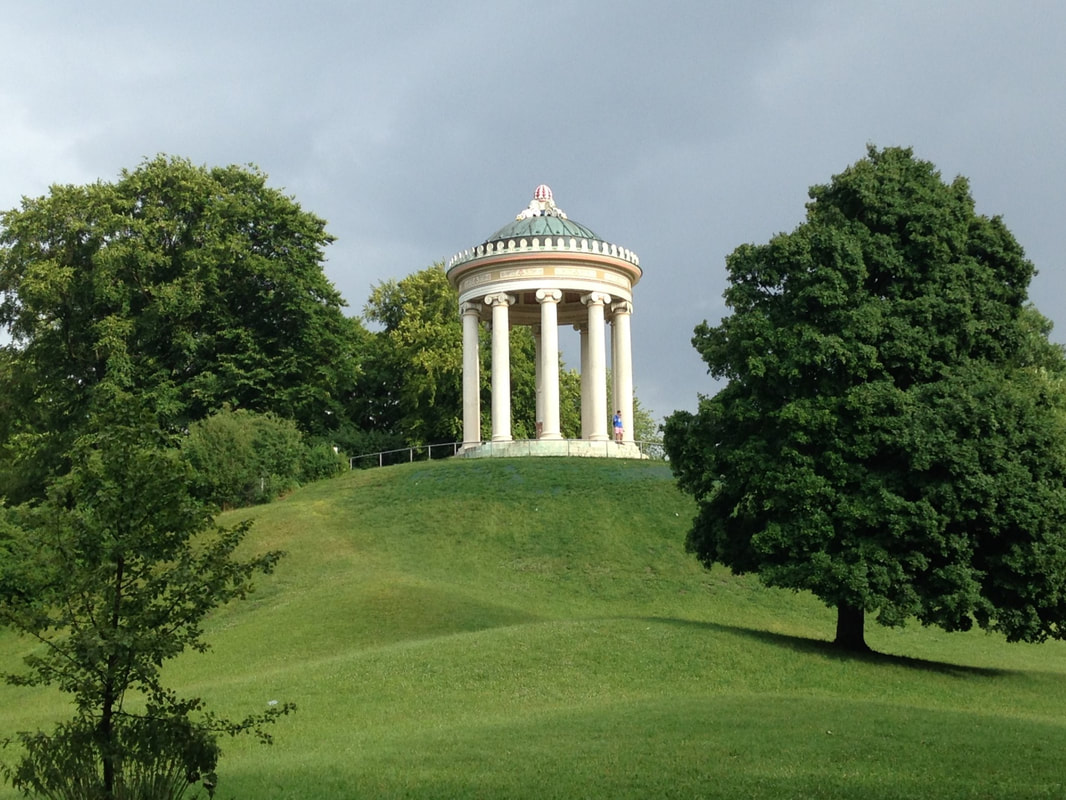
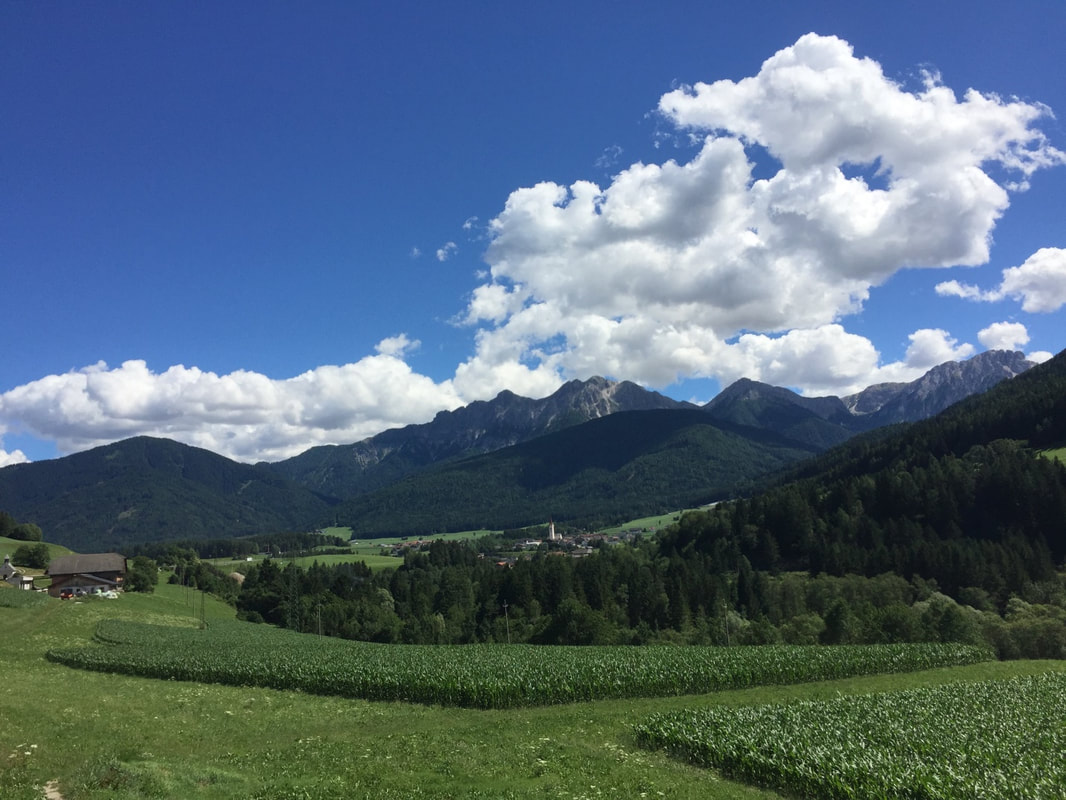
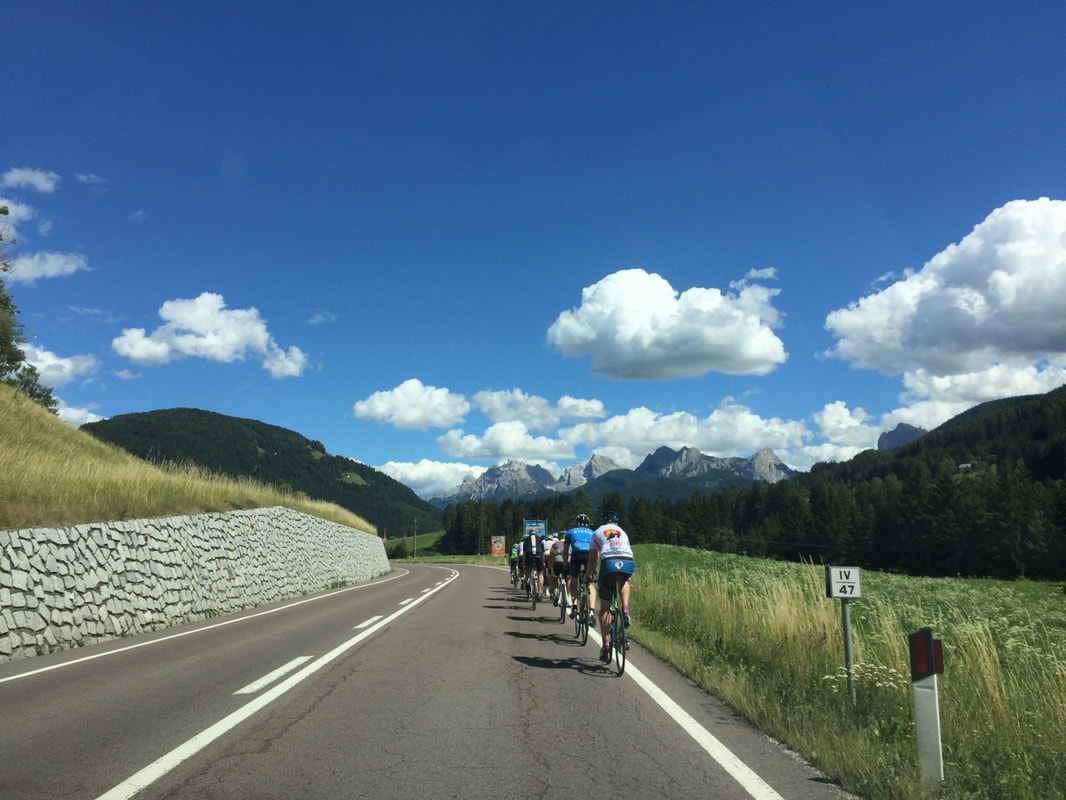
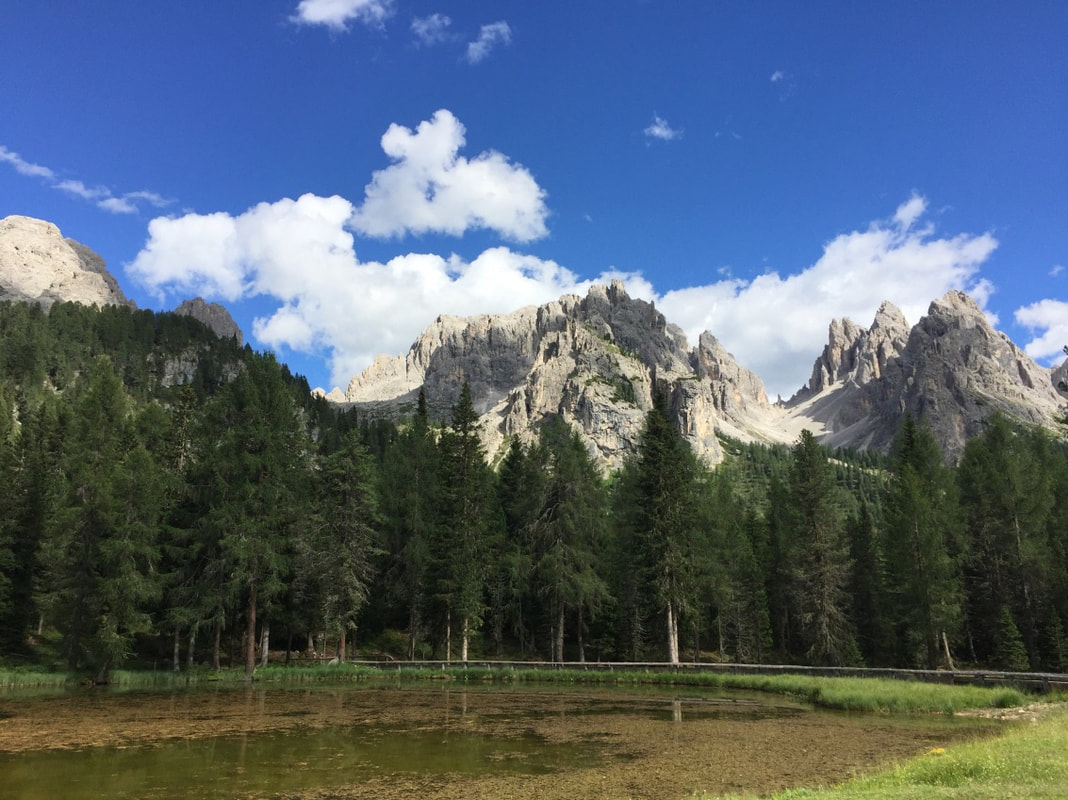
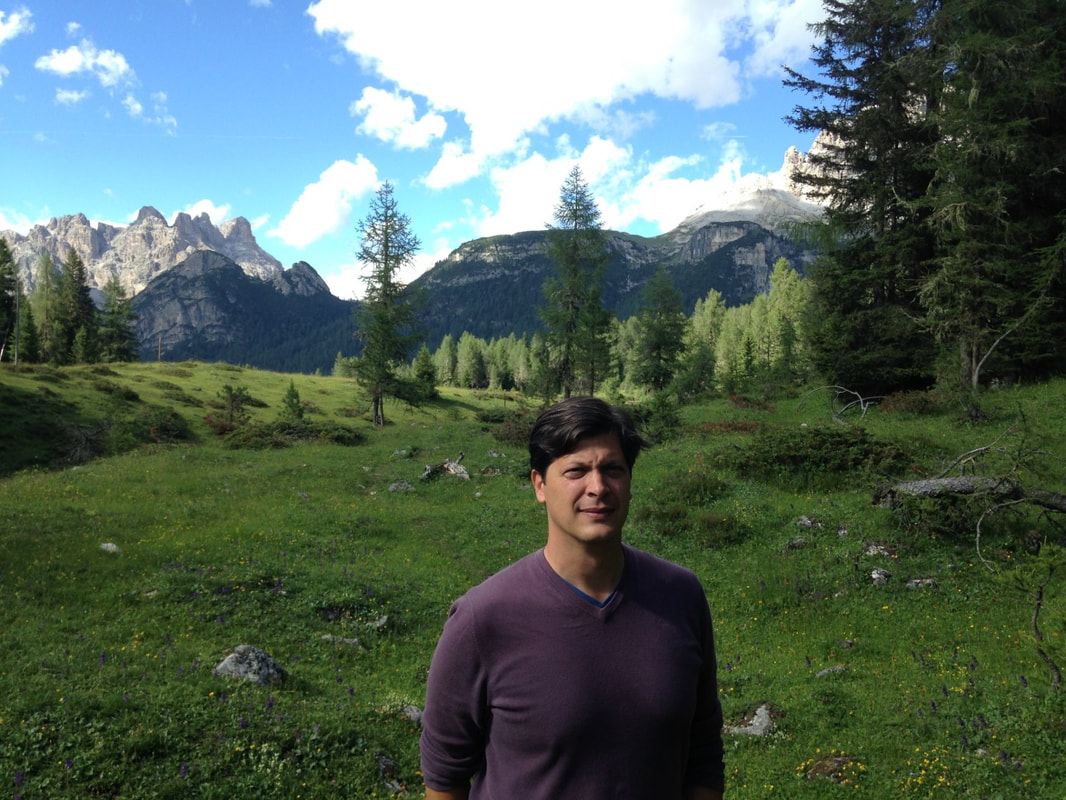
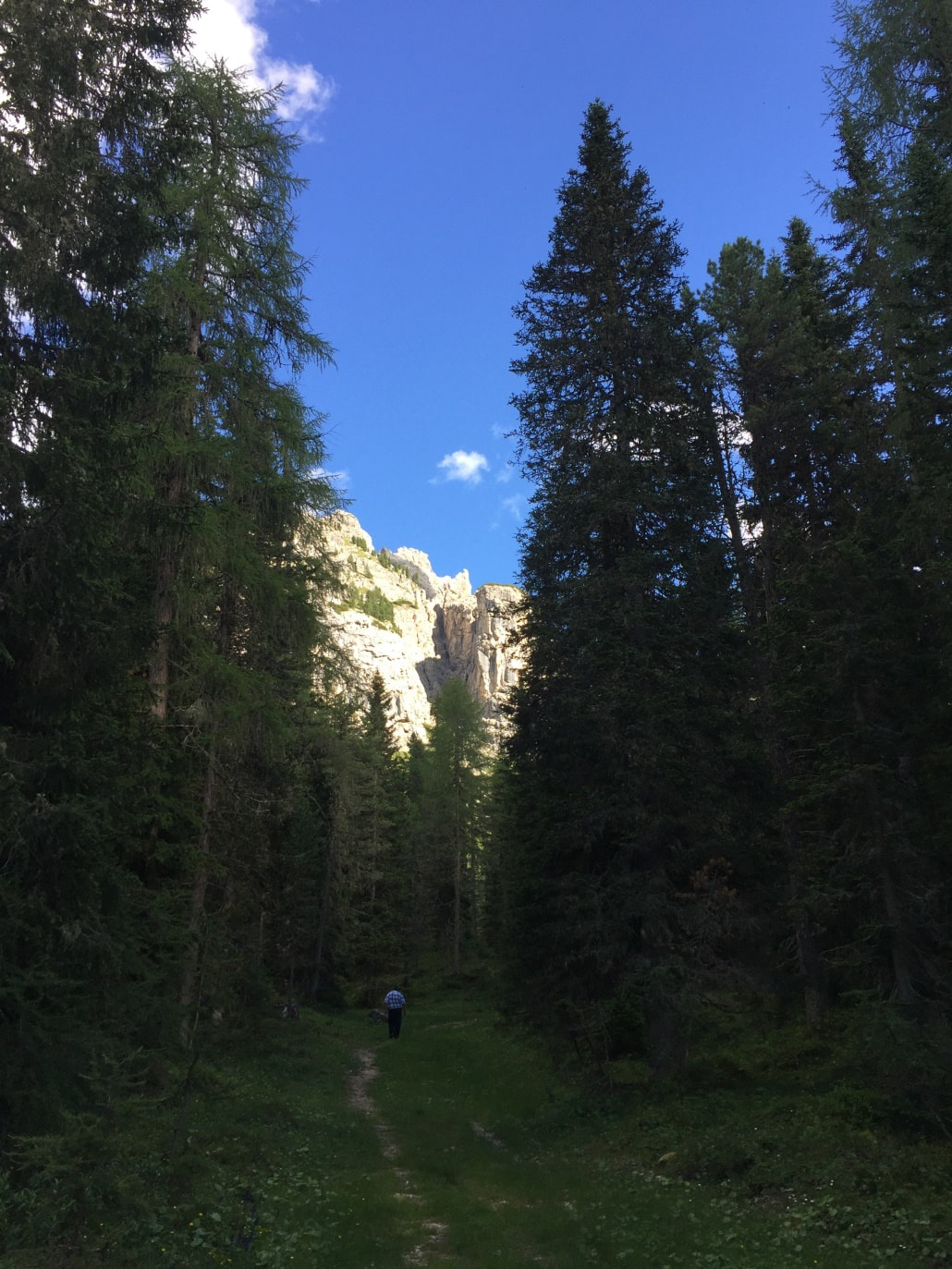
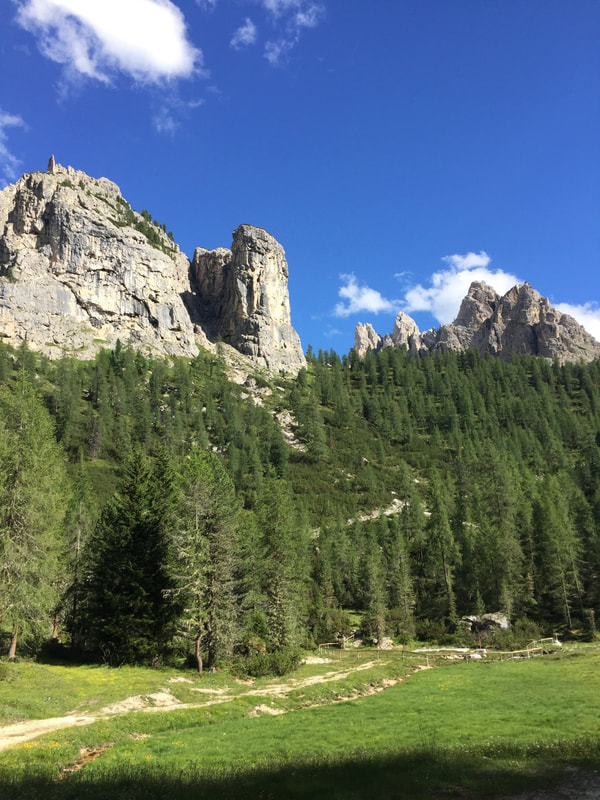
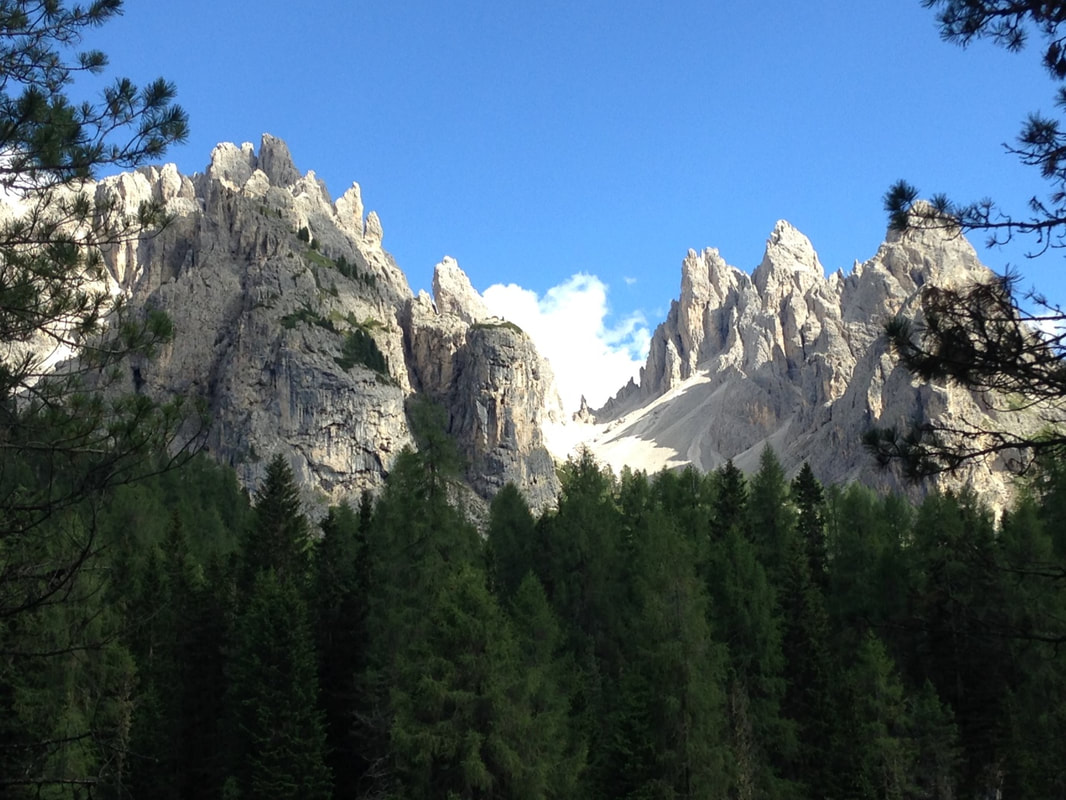
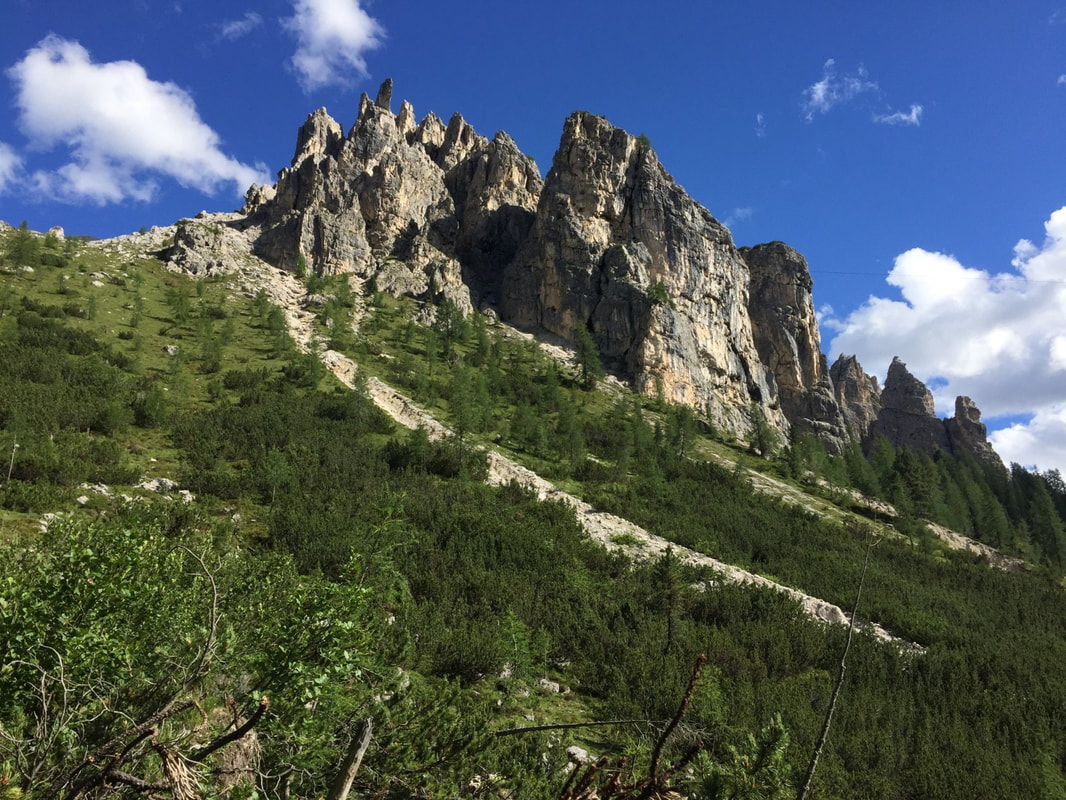

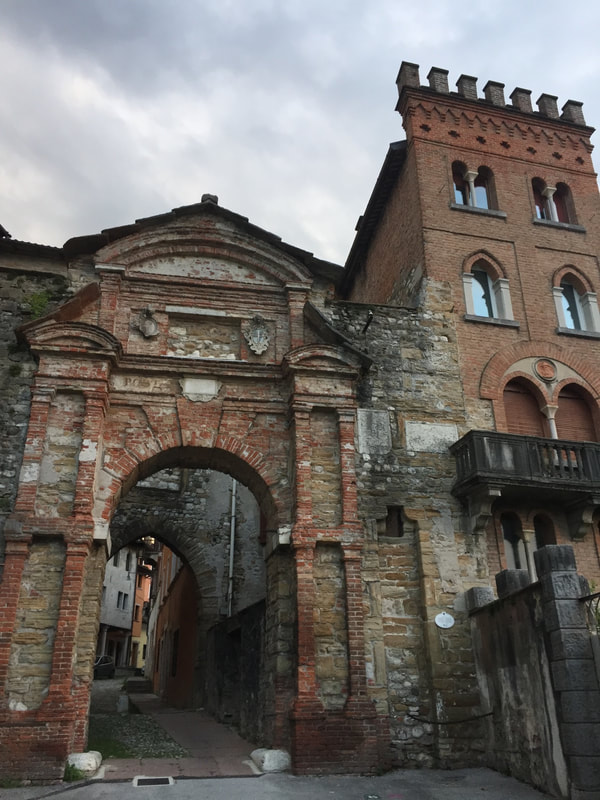
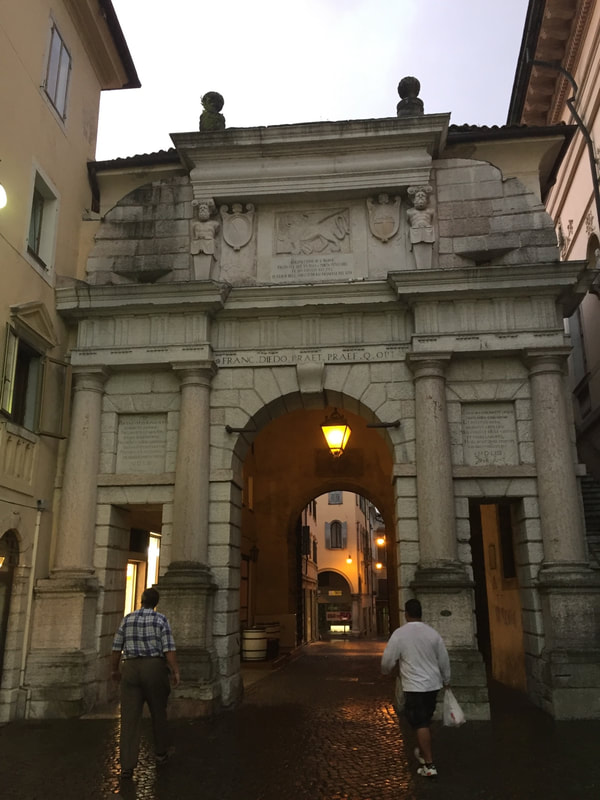
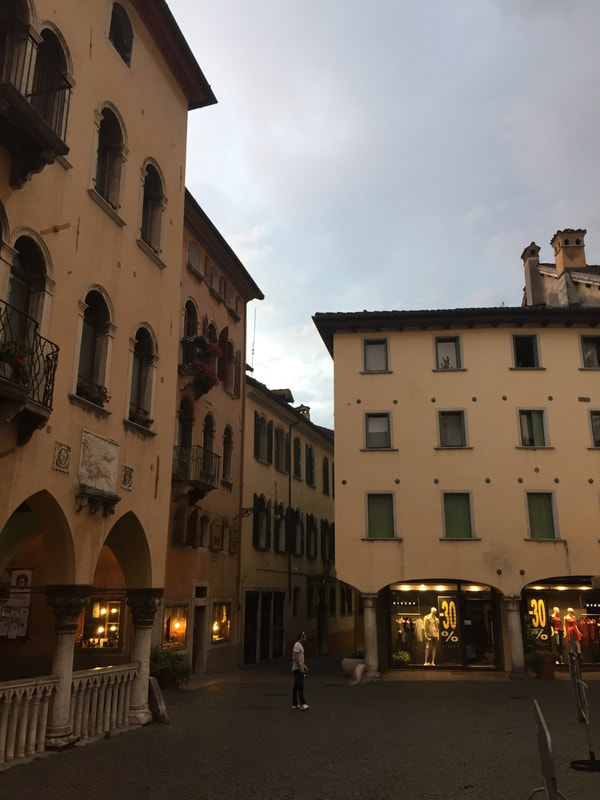
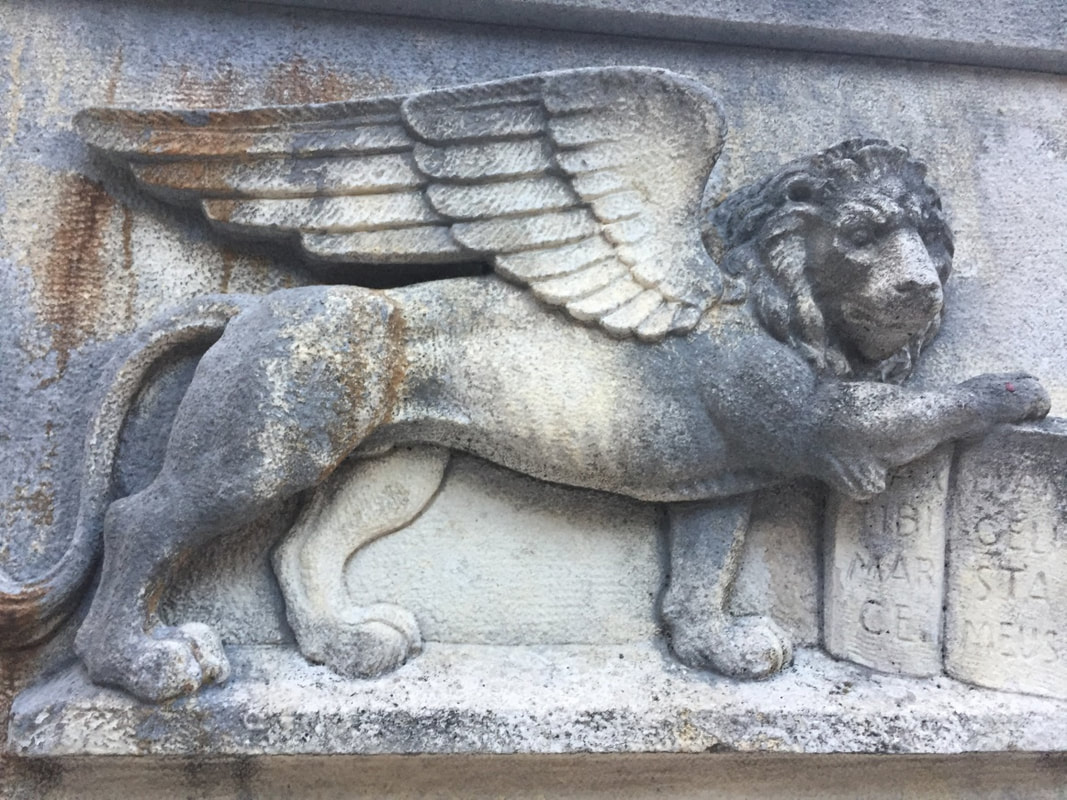
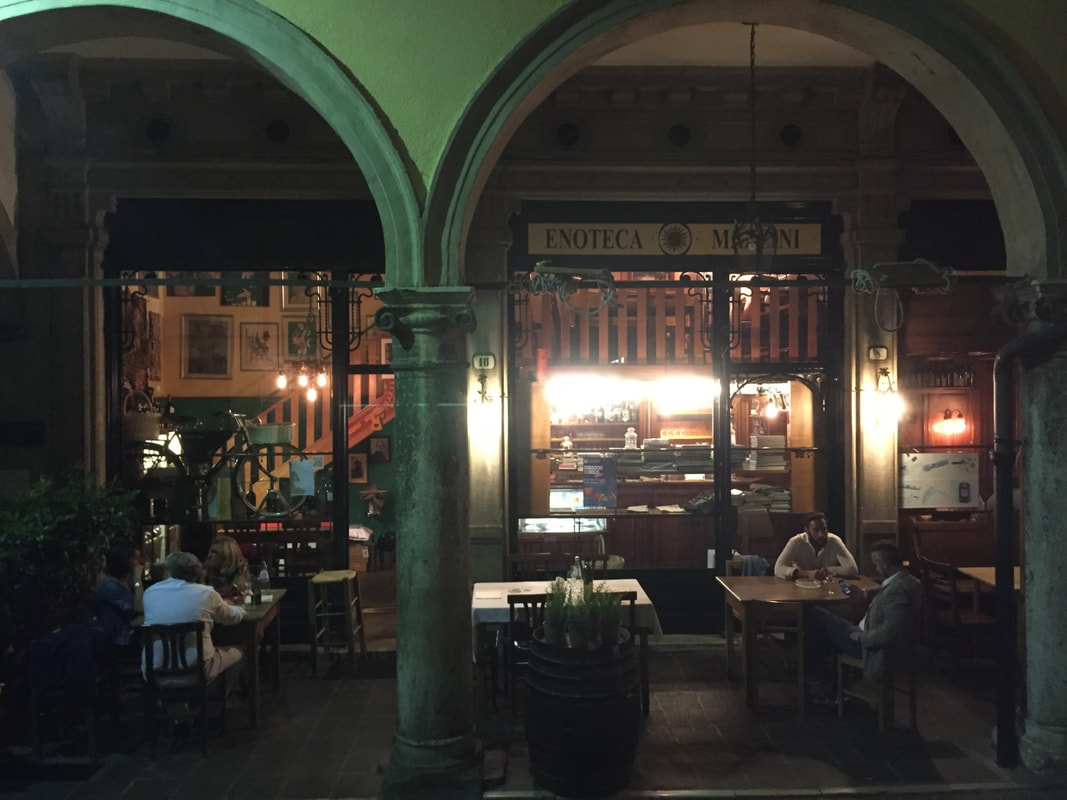

 RSS Feed
RSS Feed